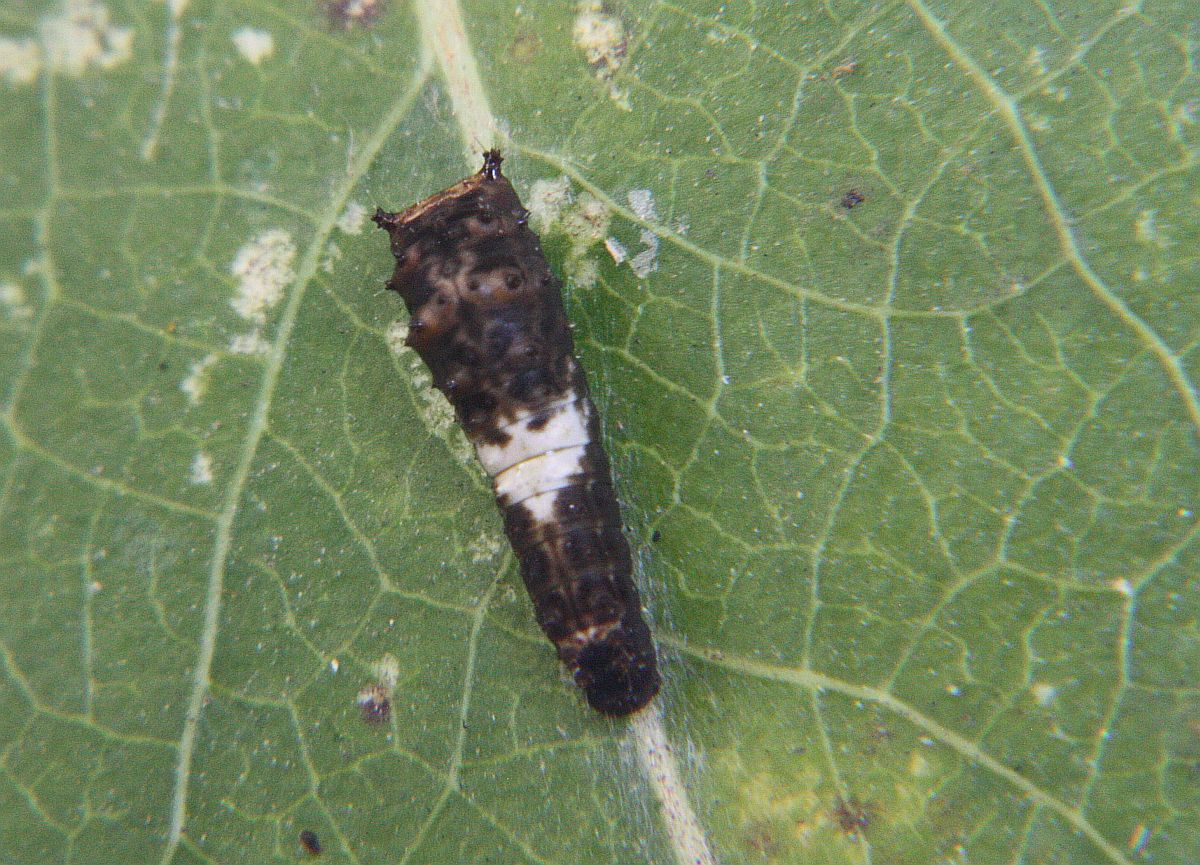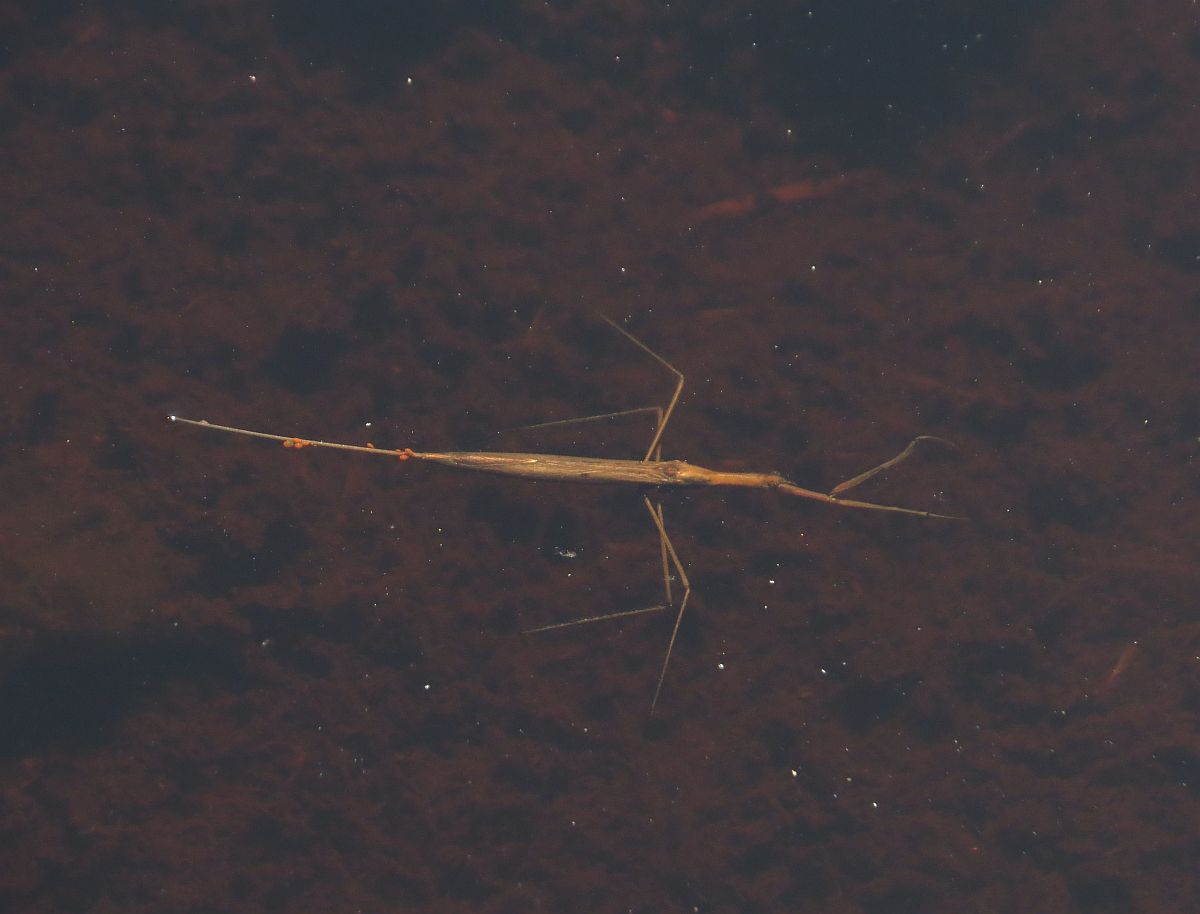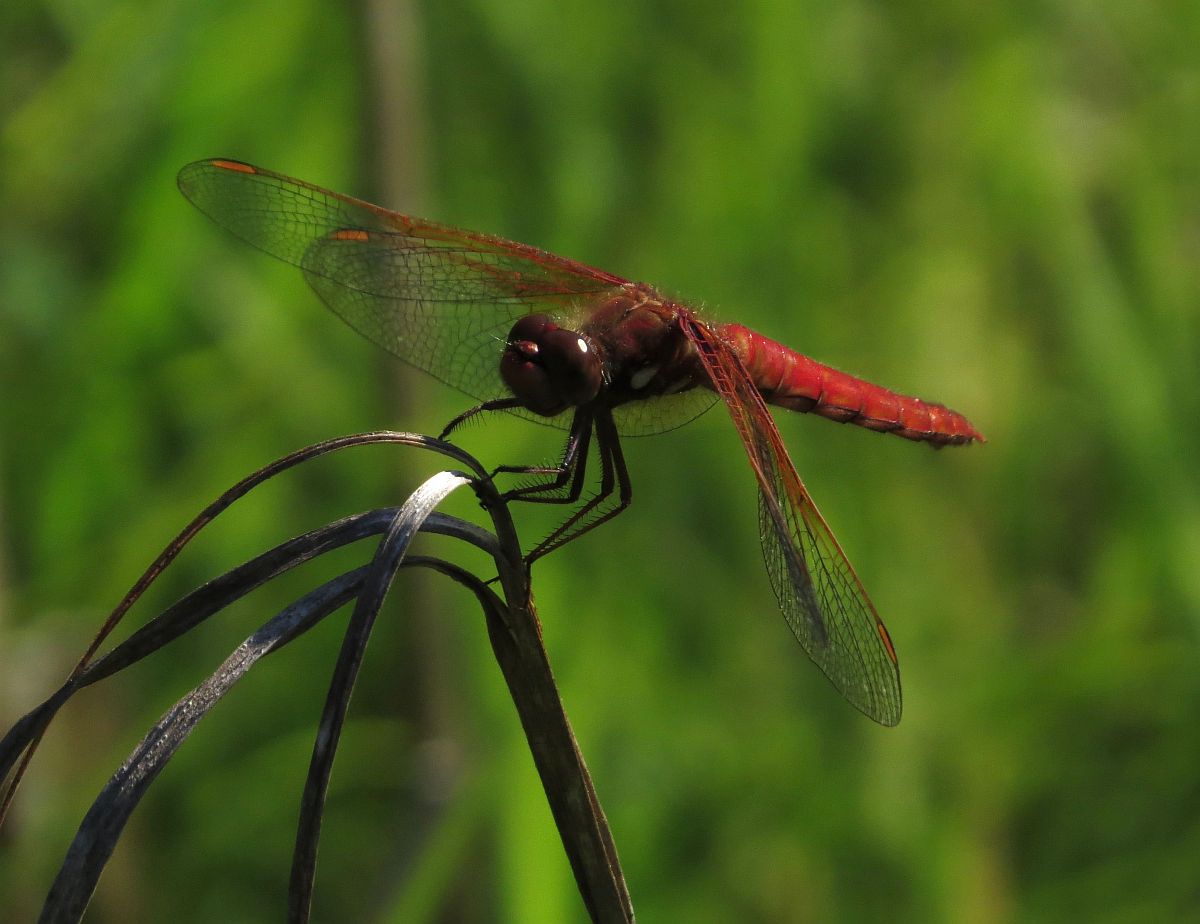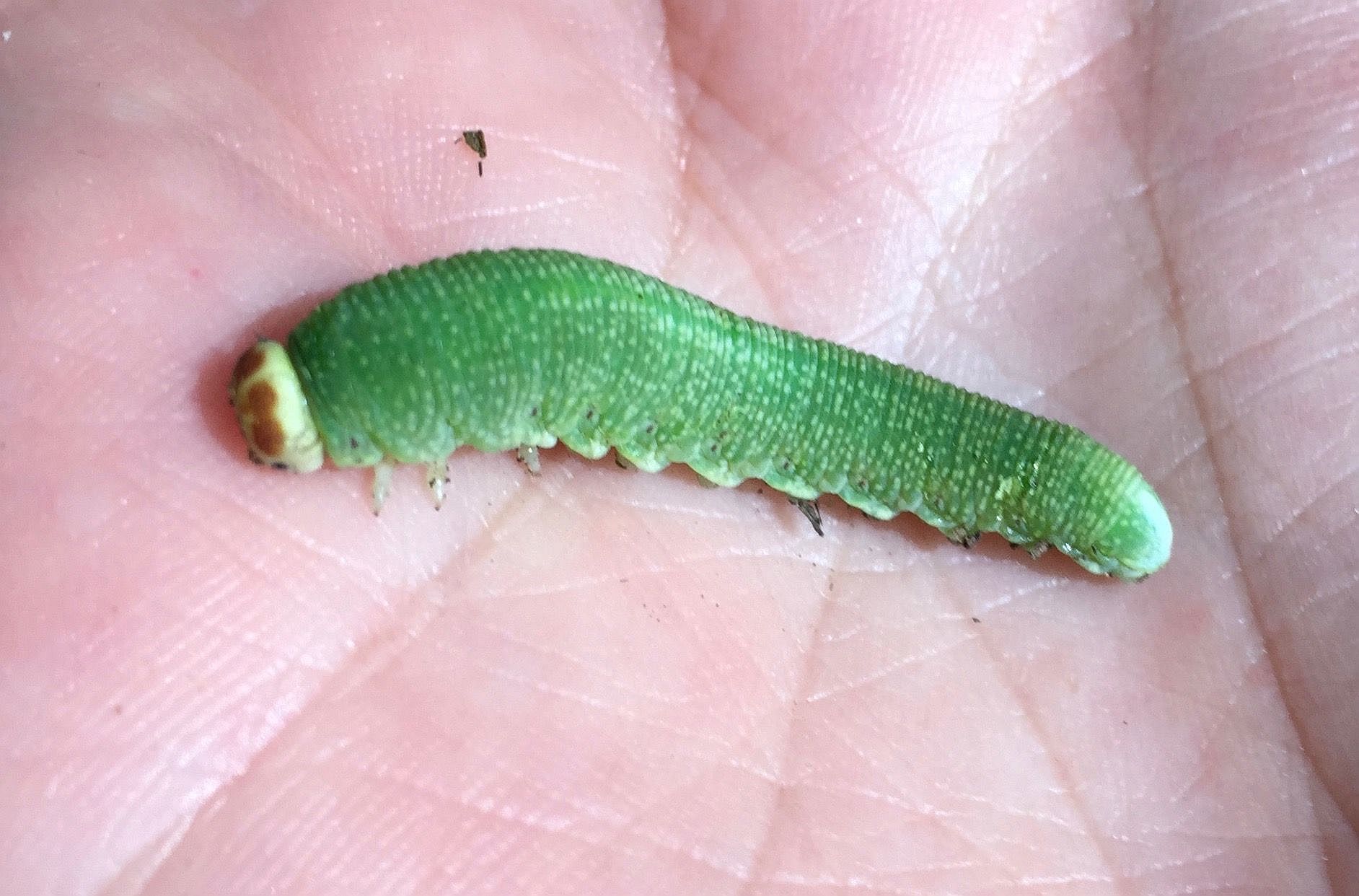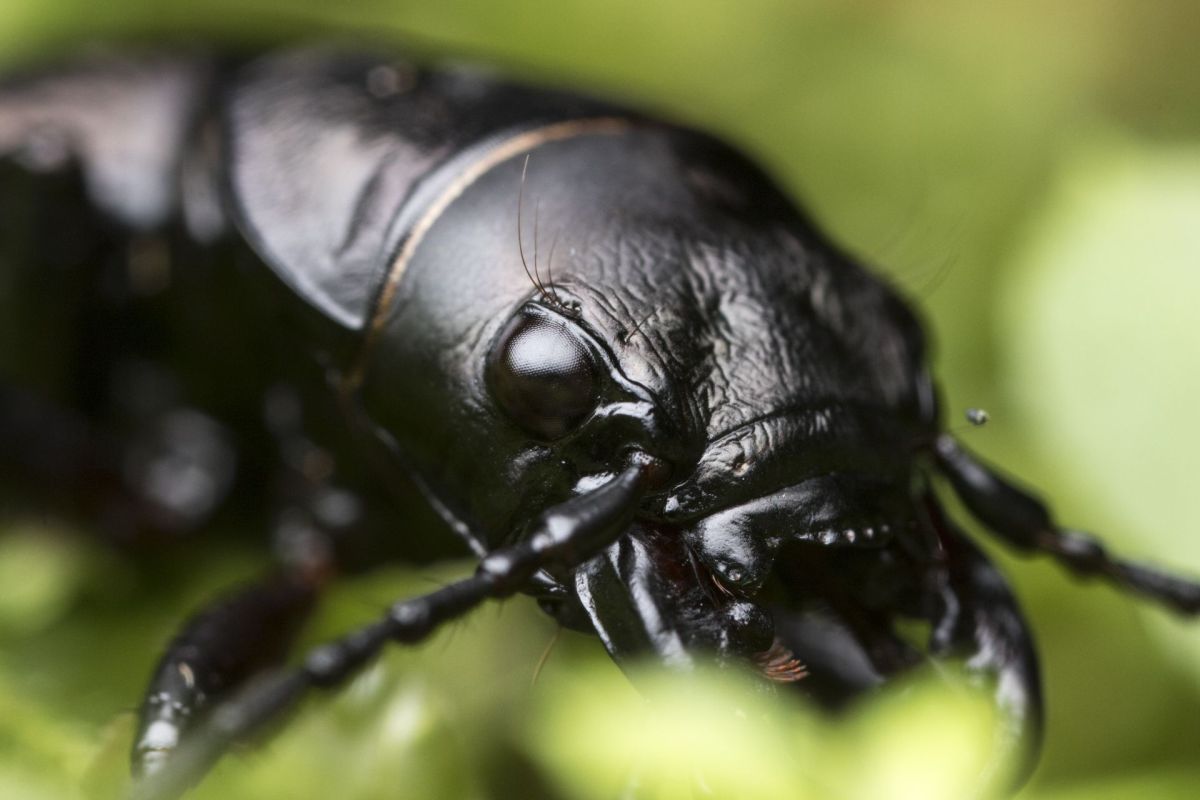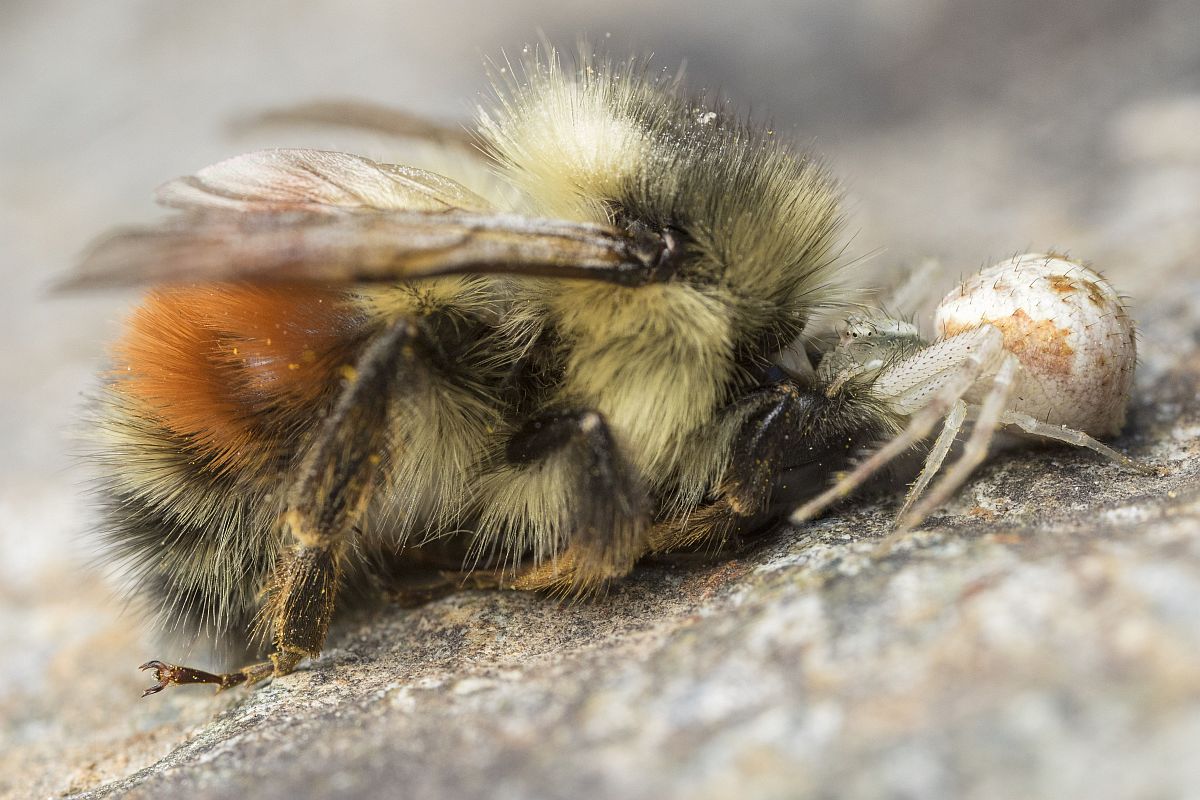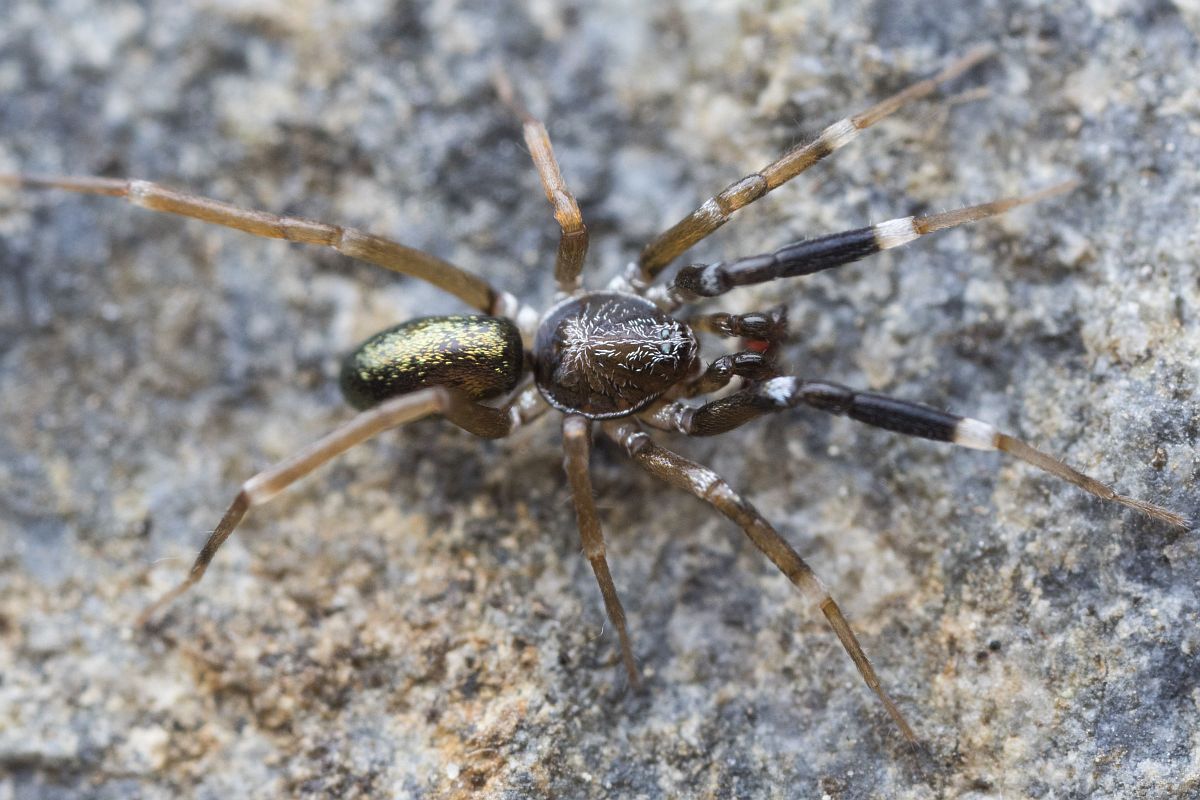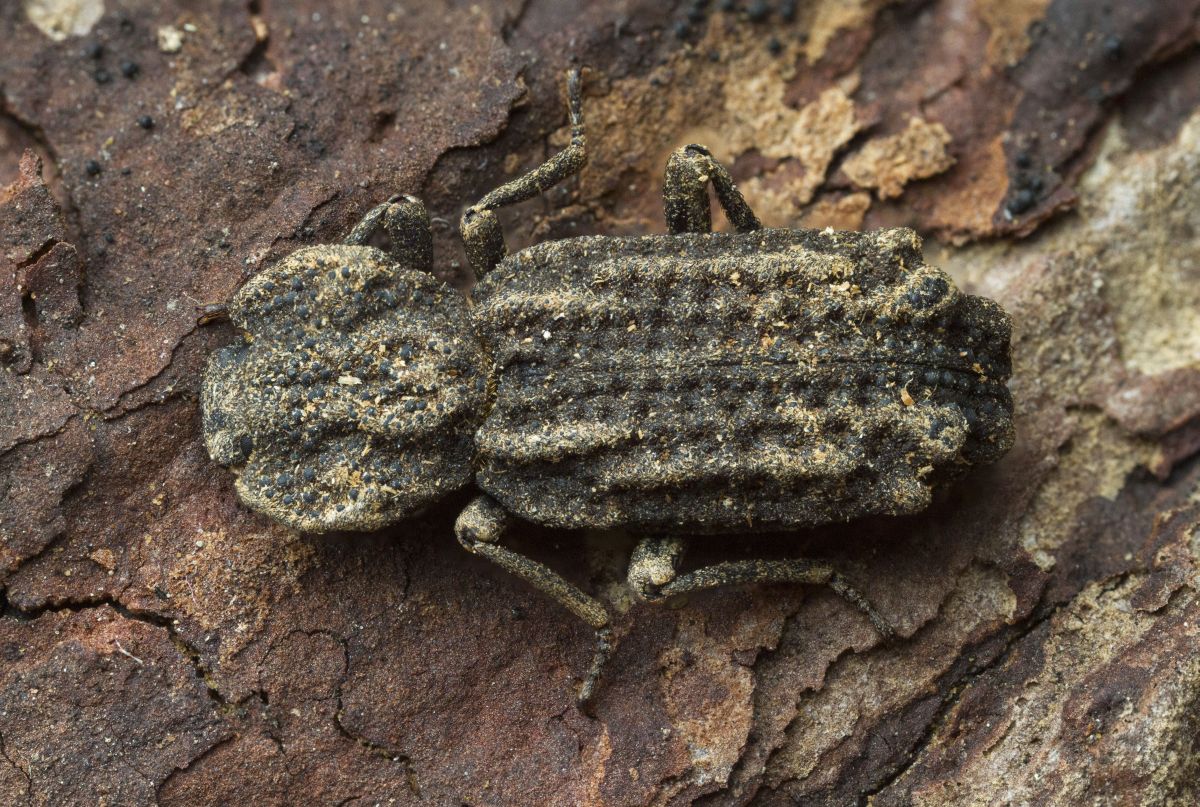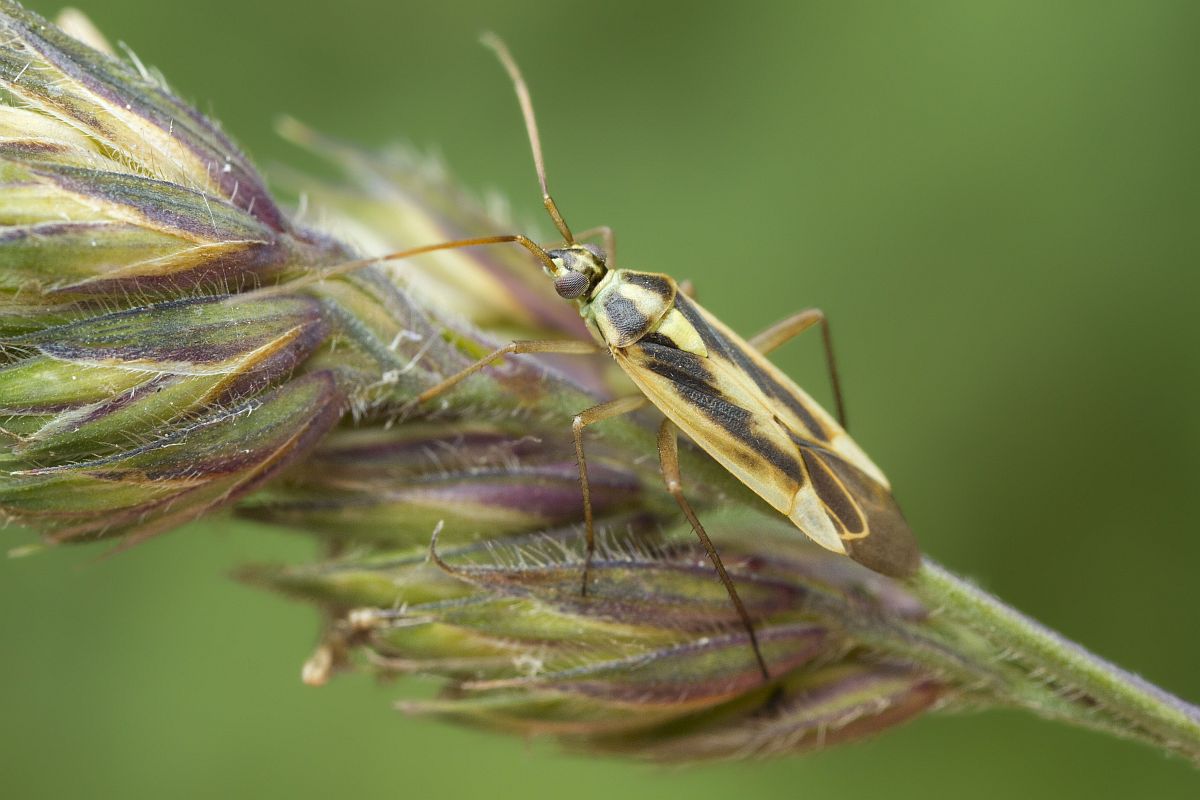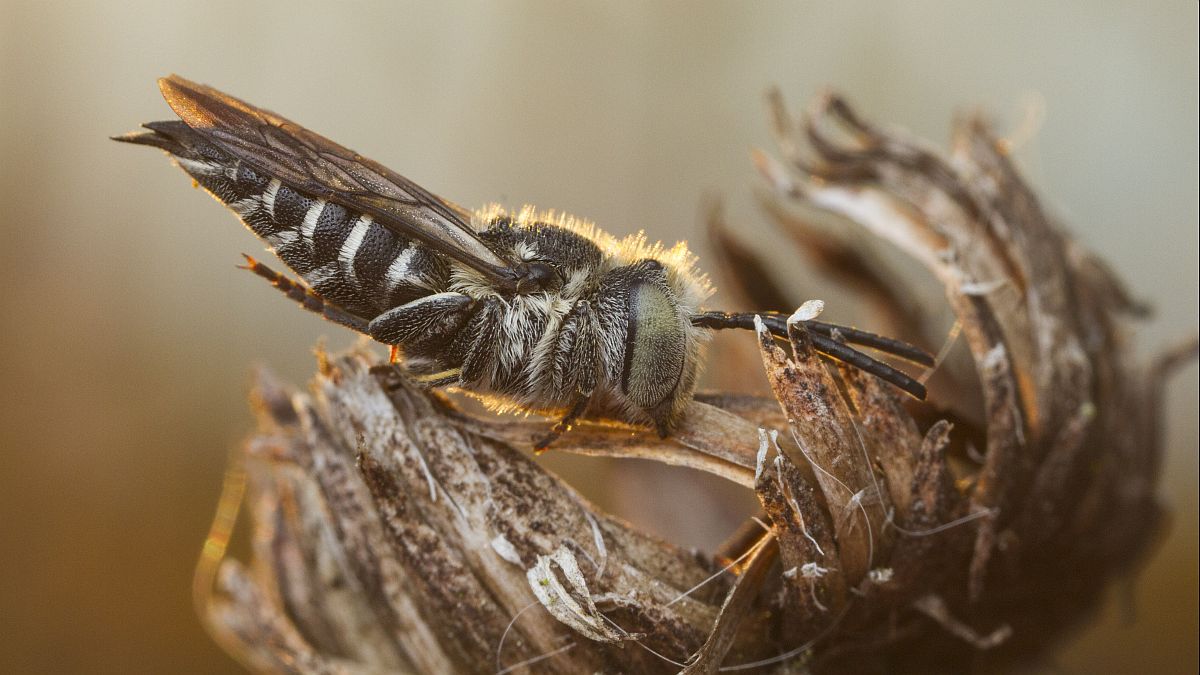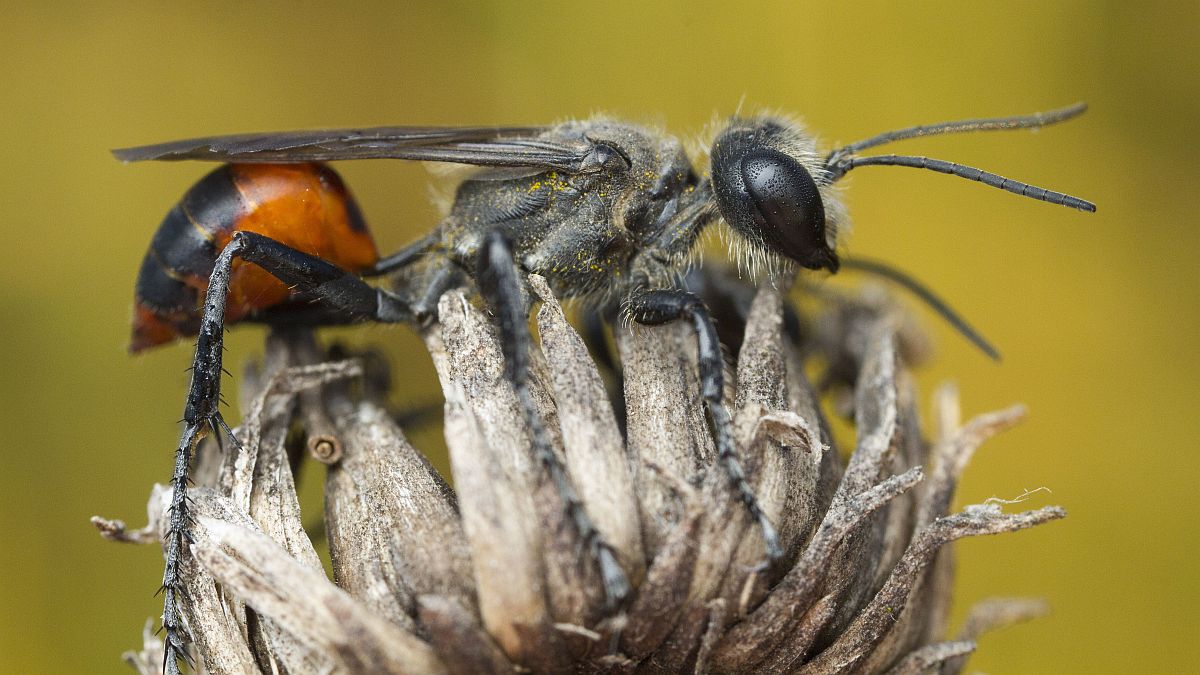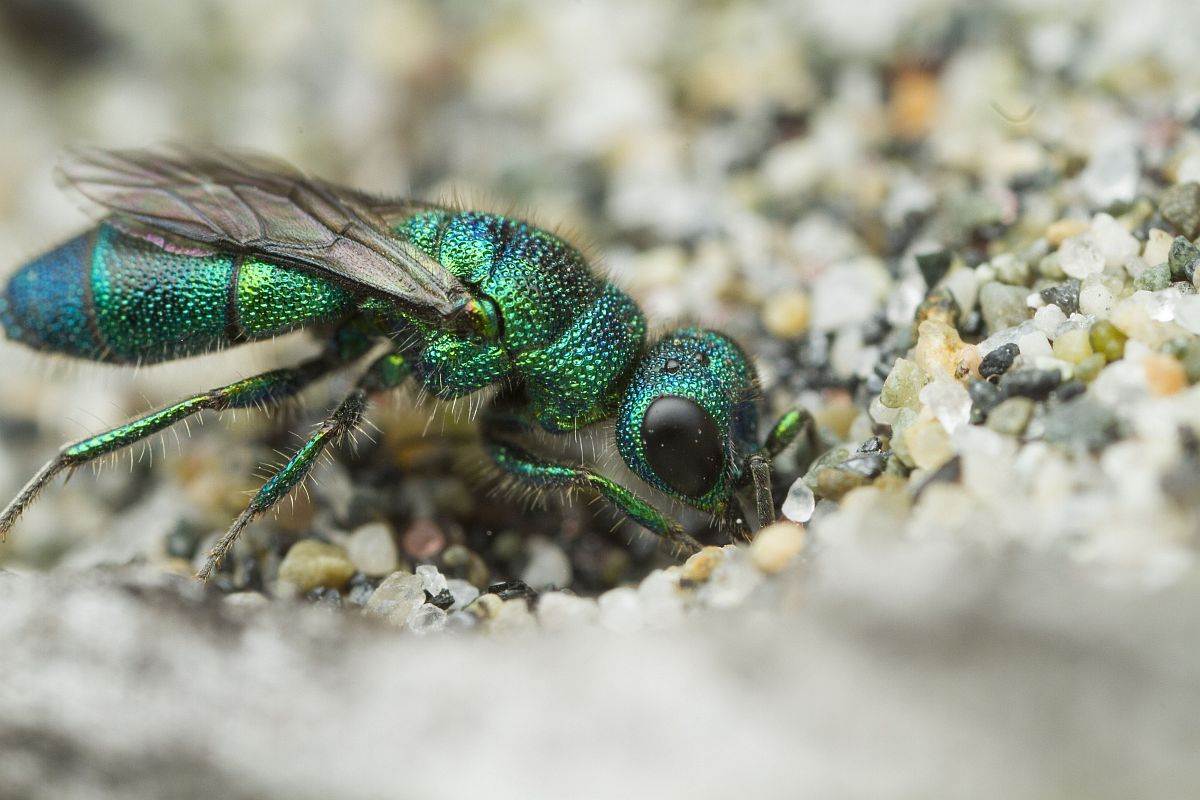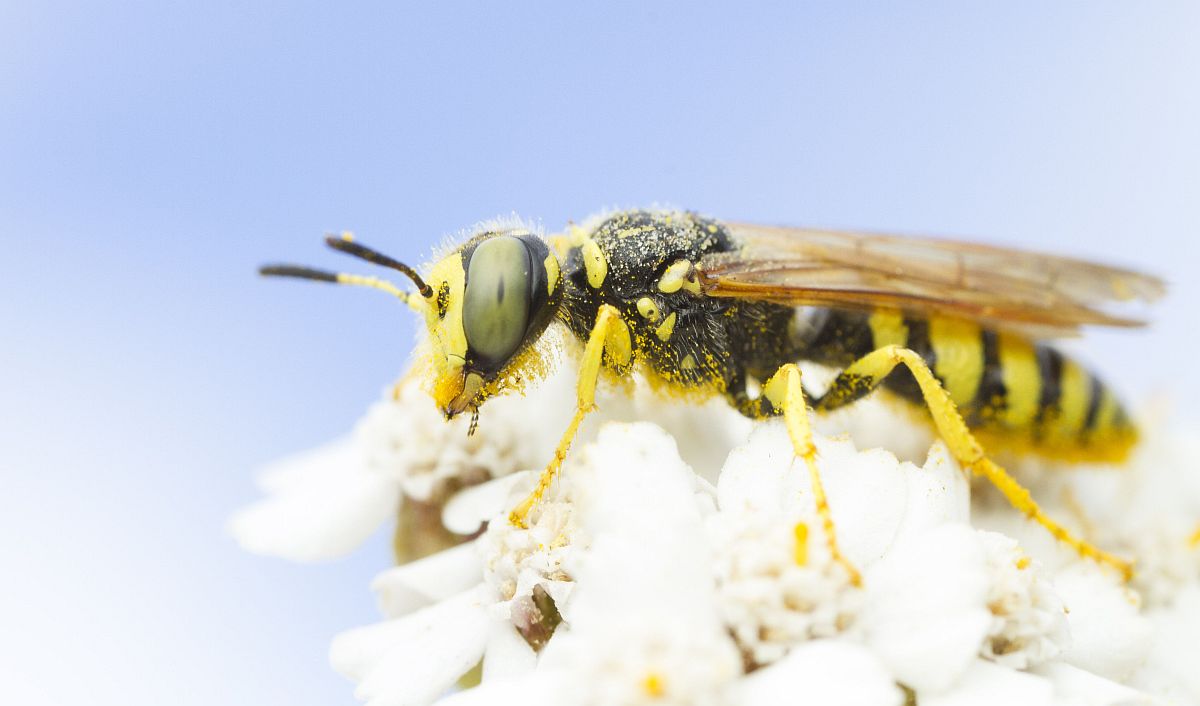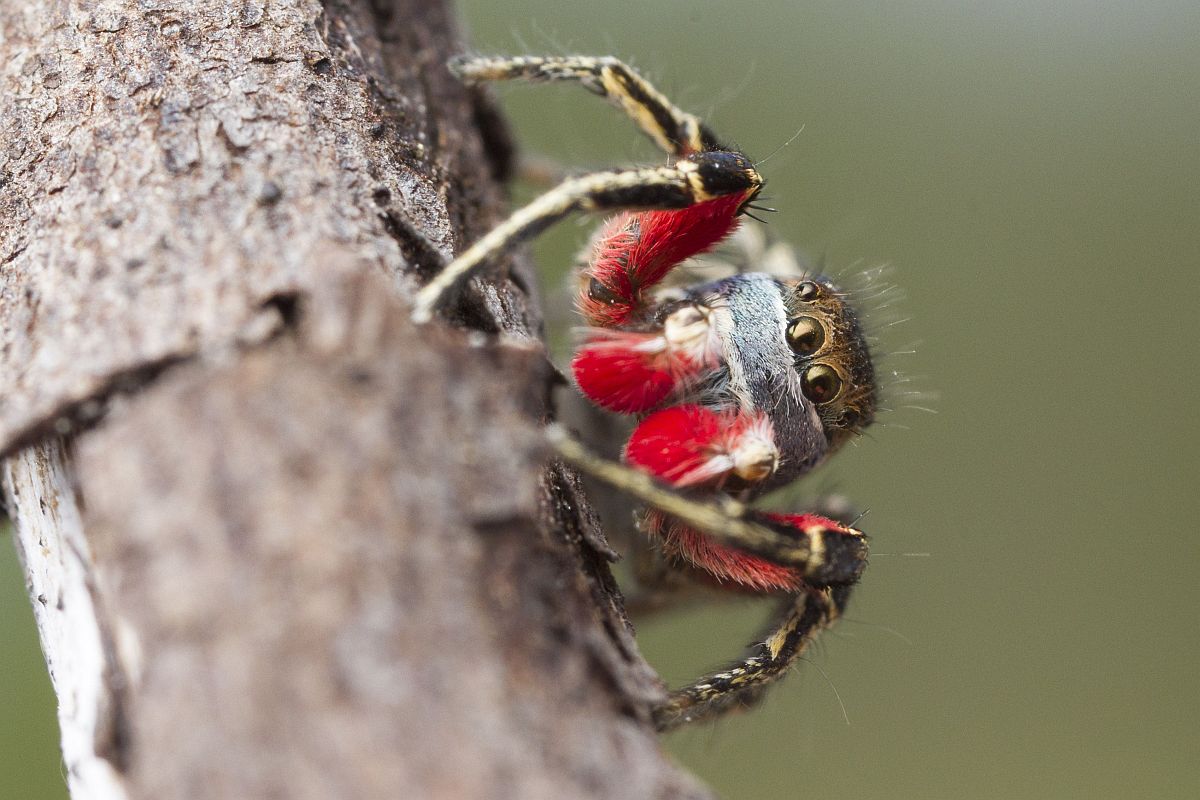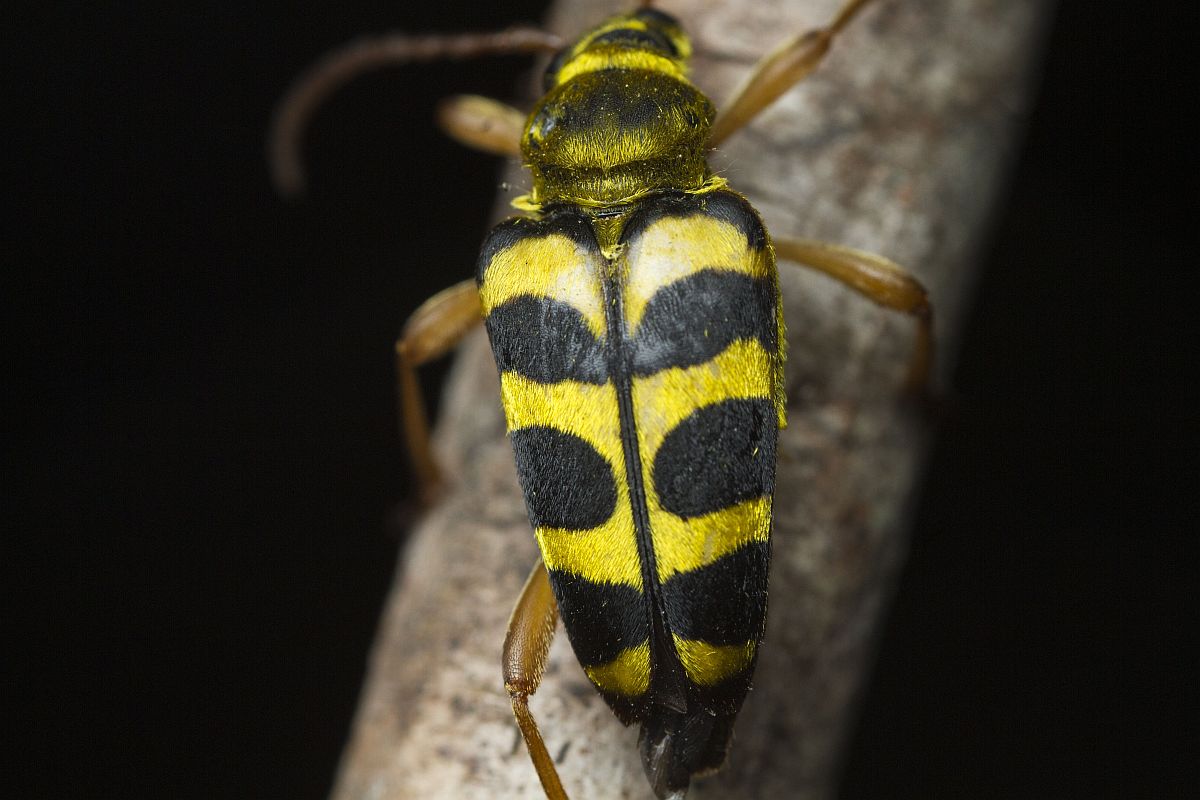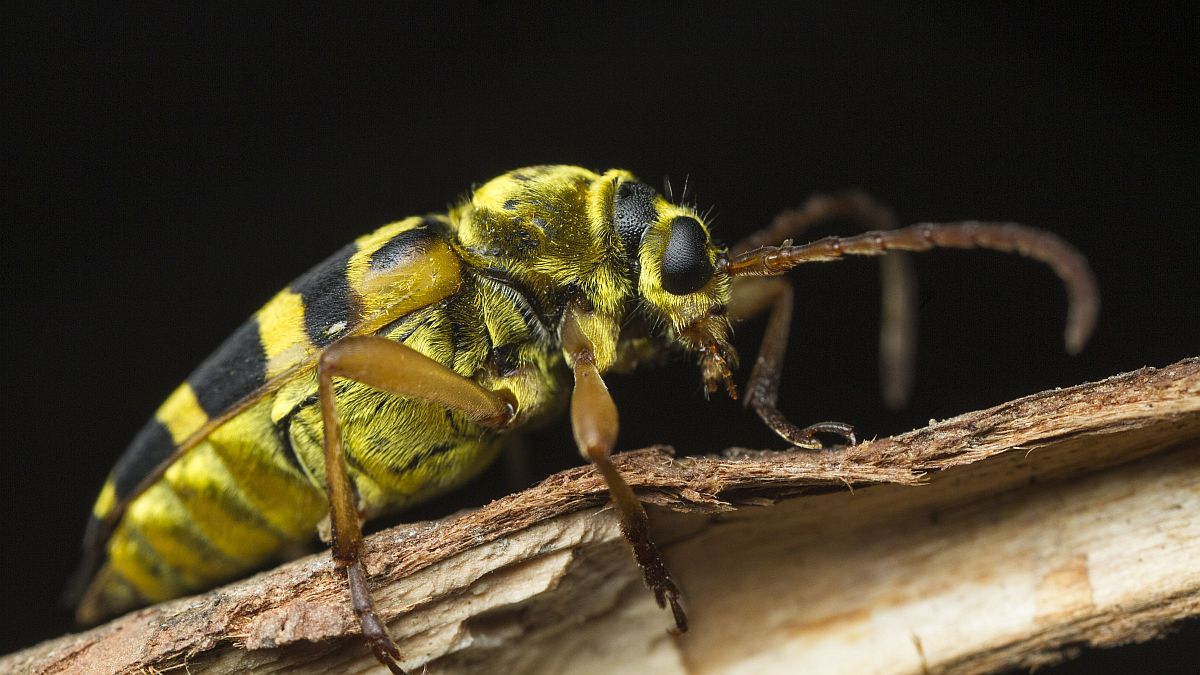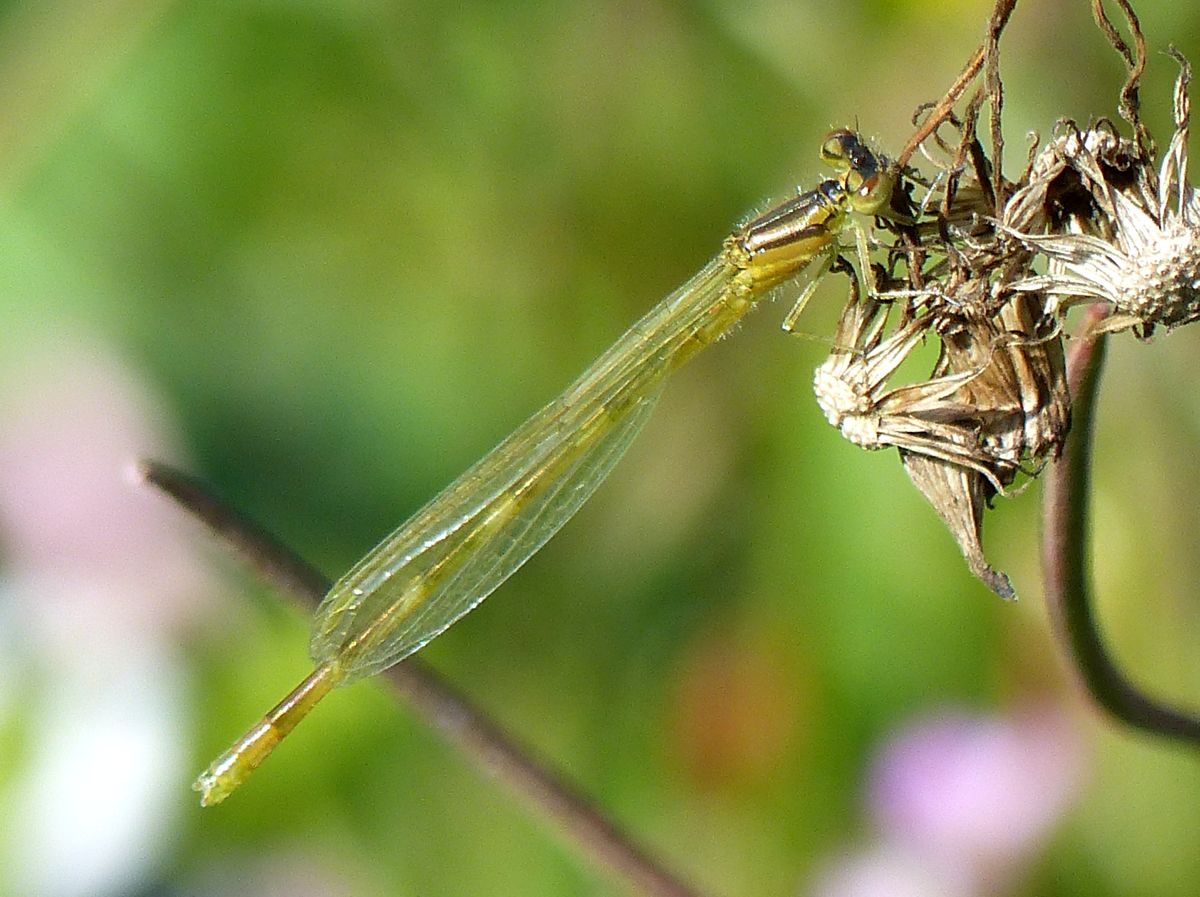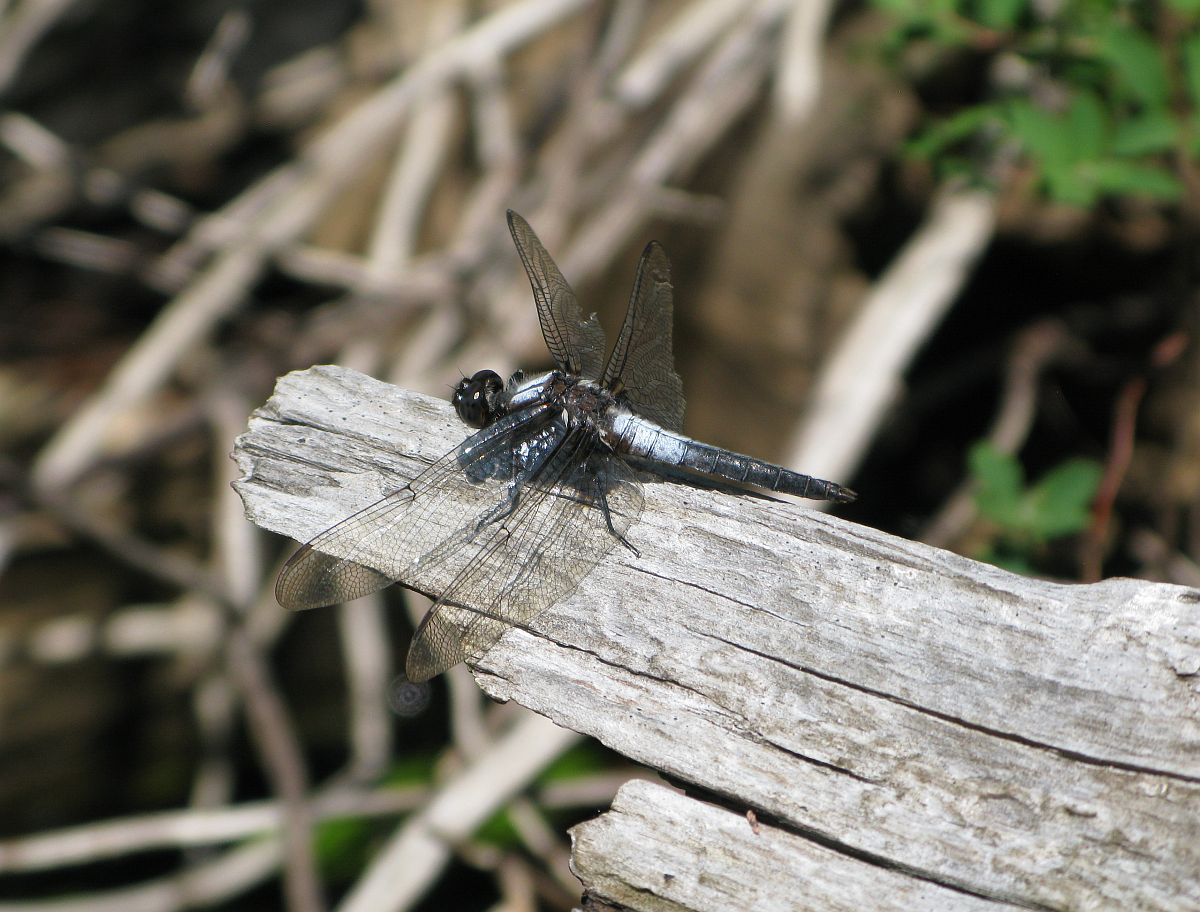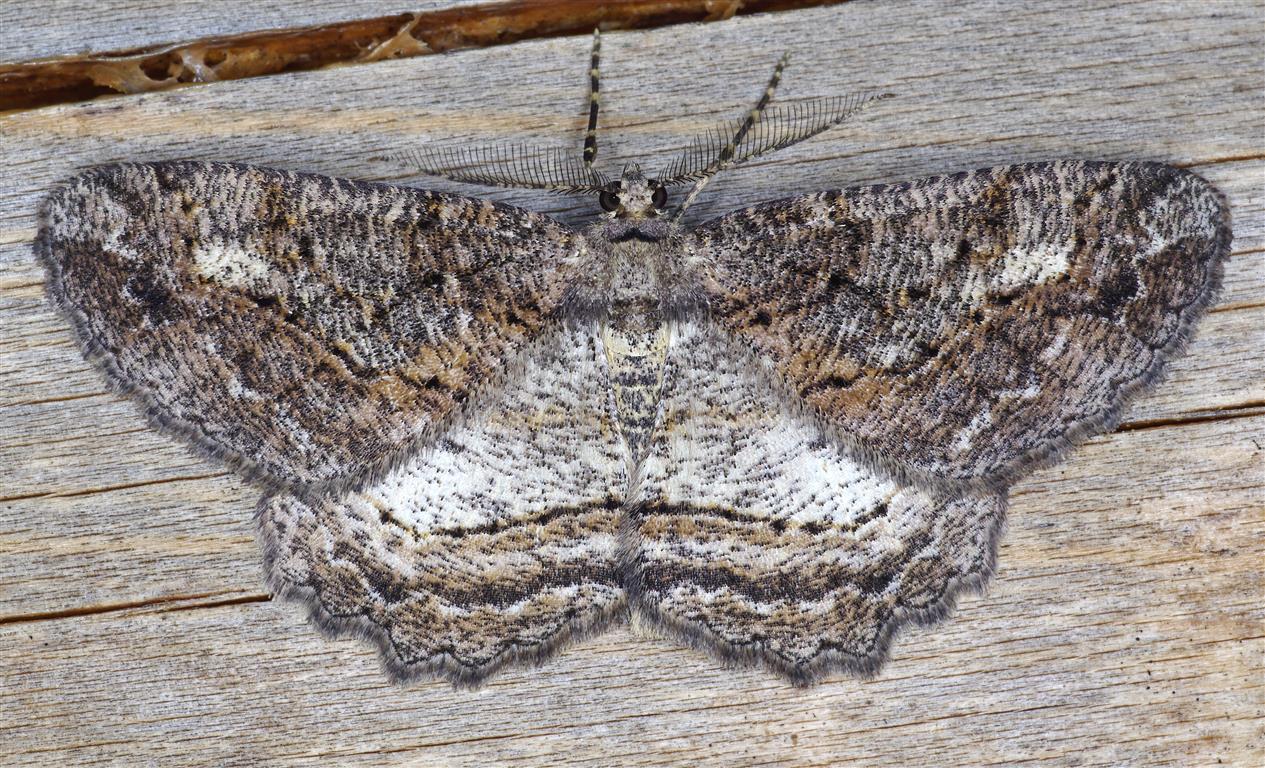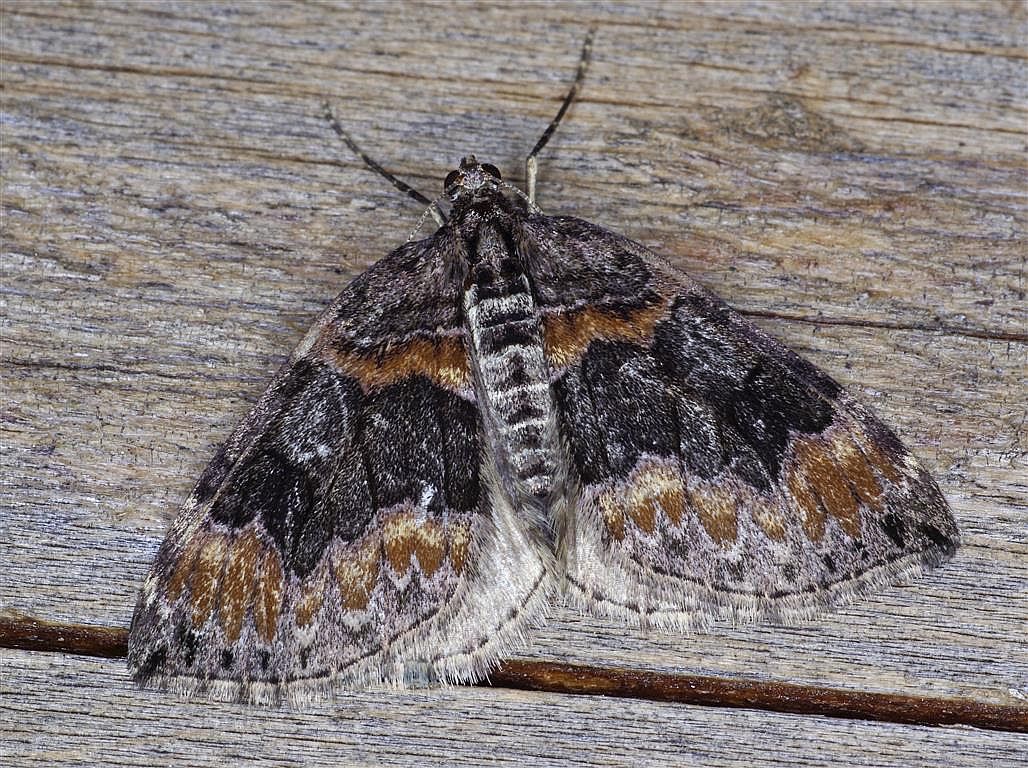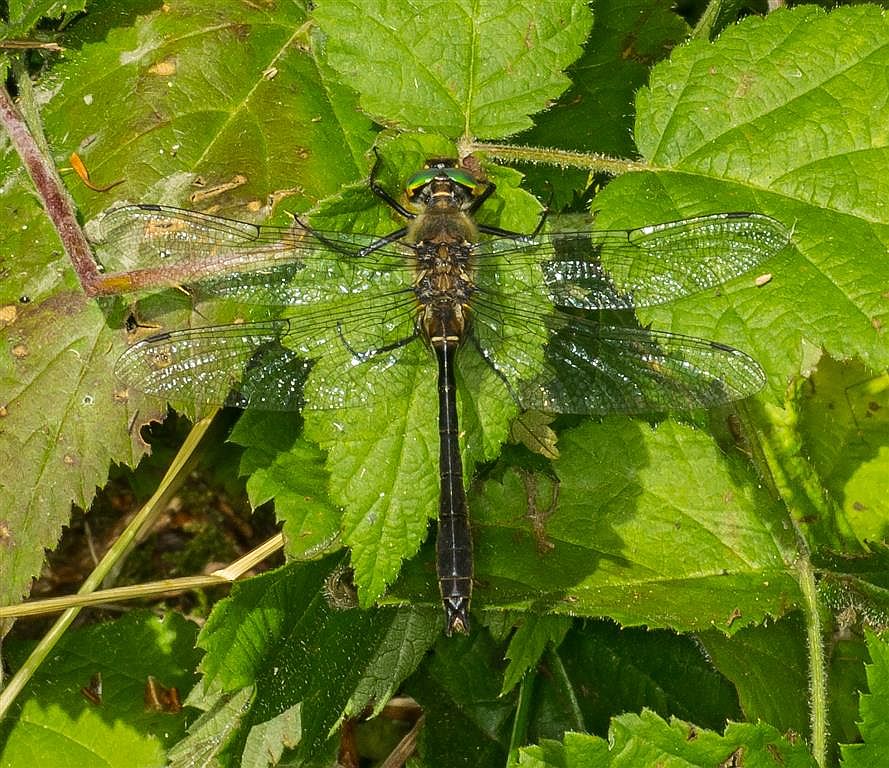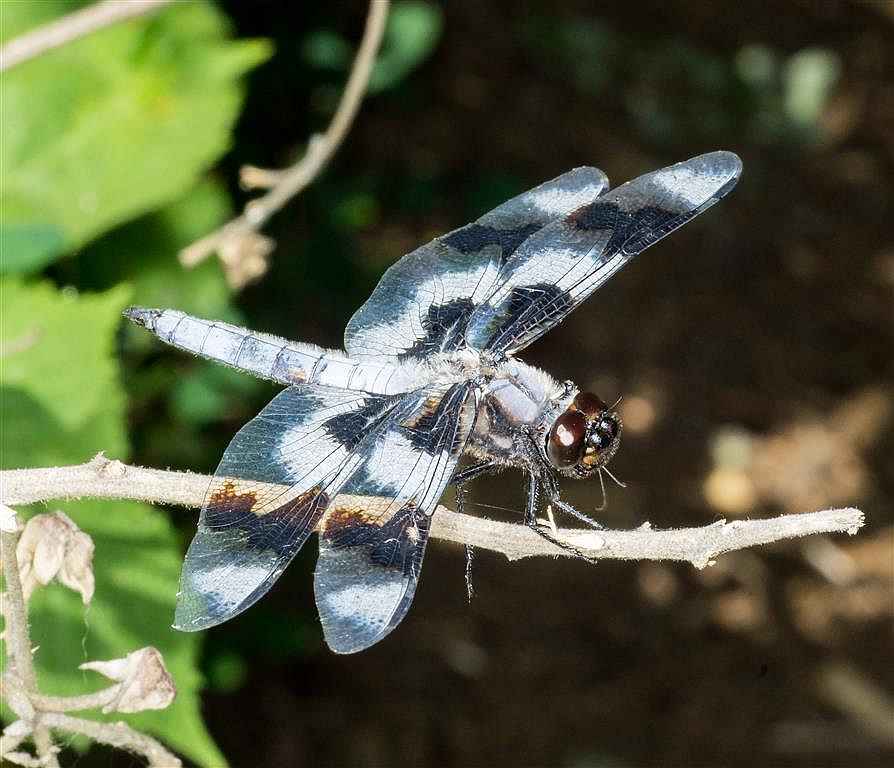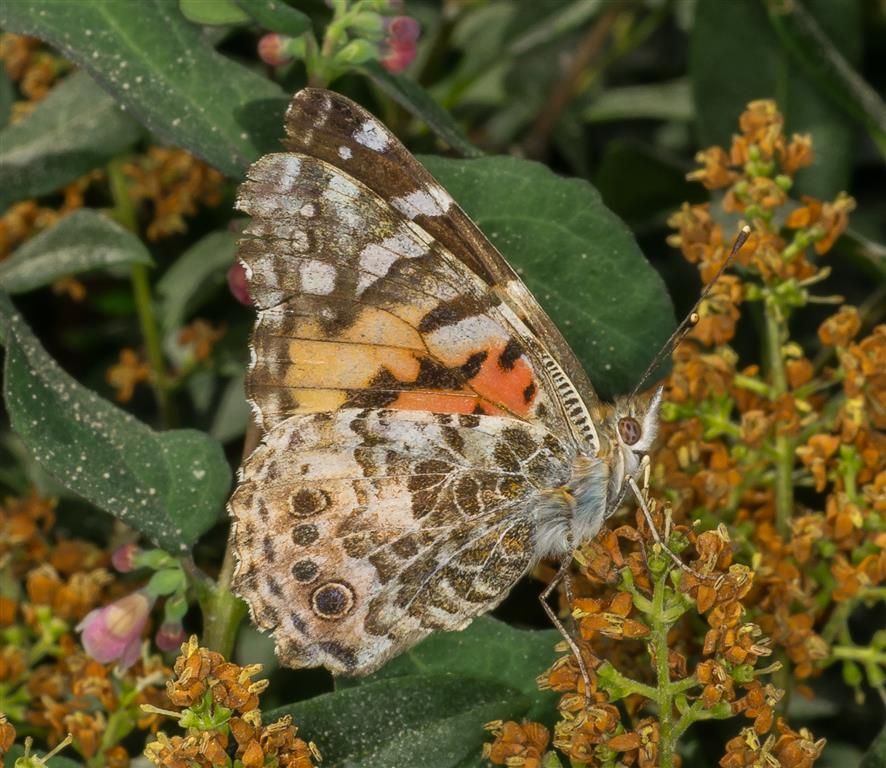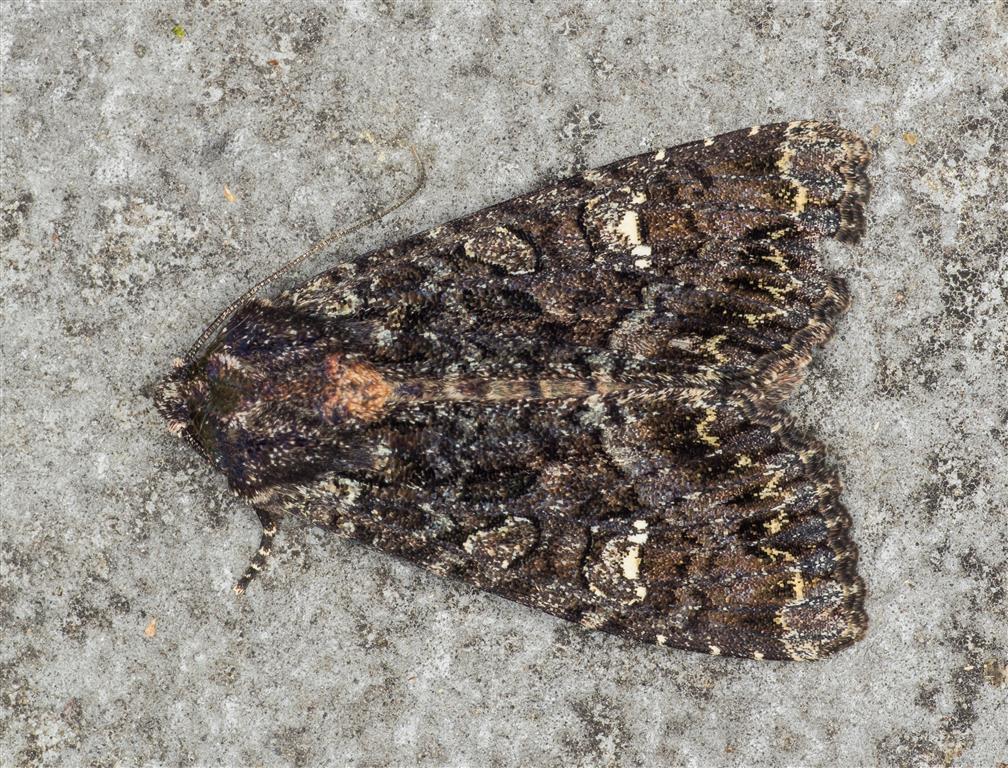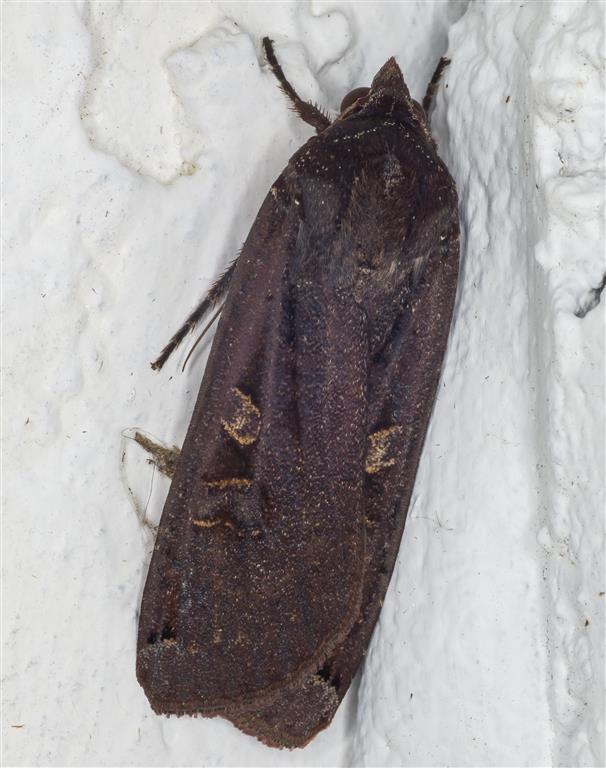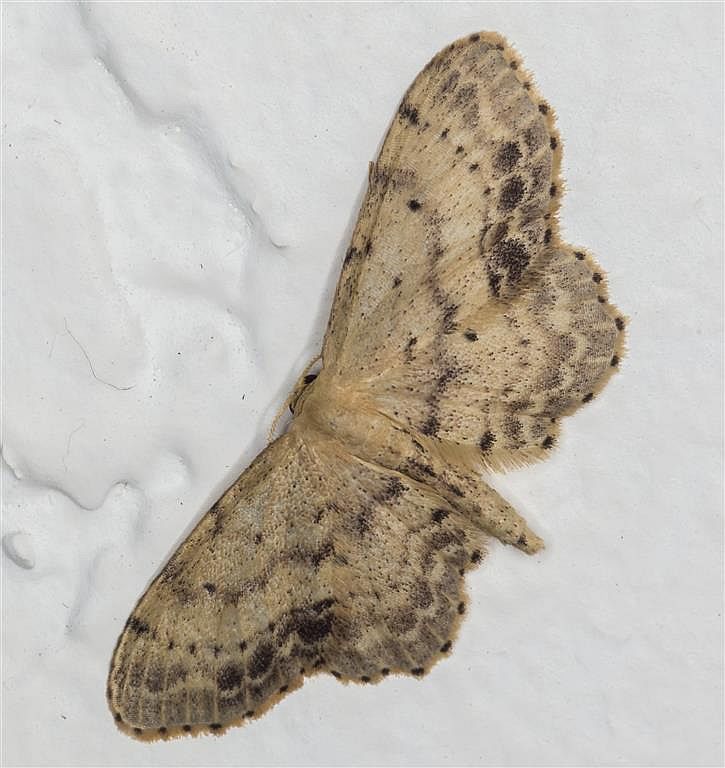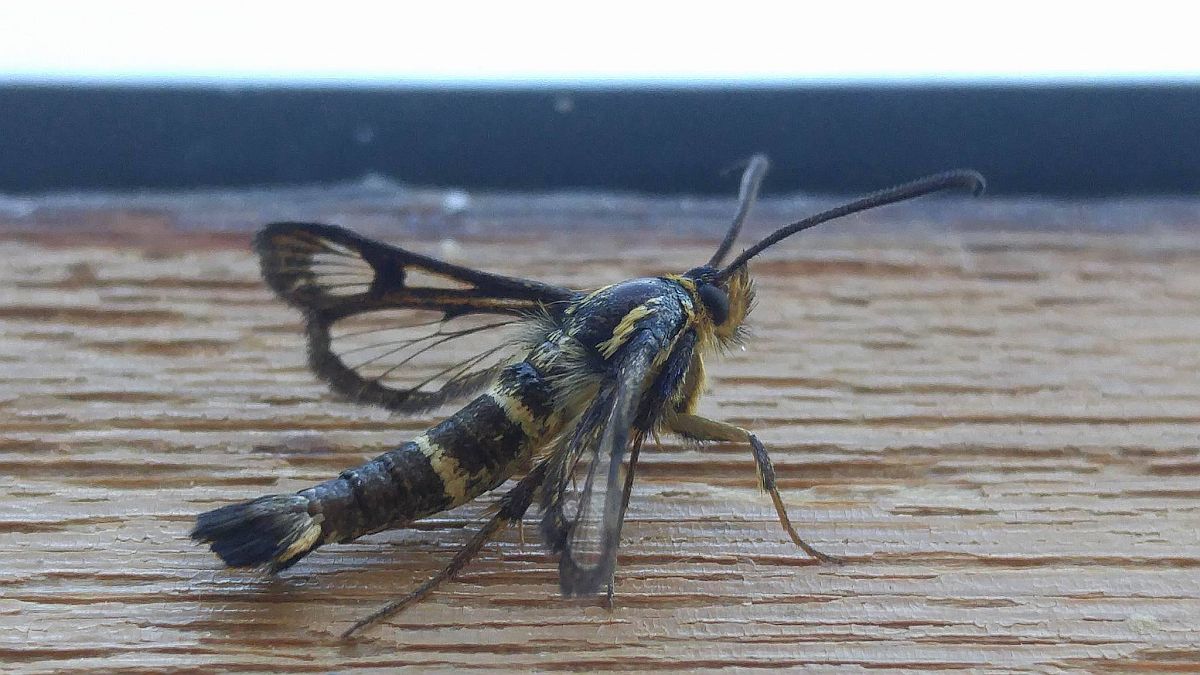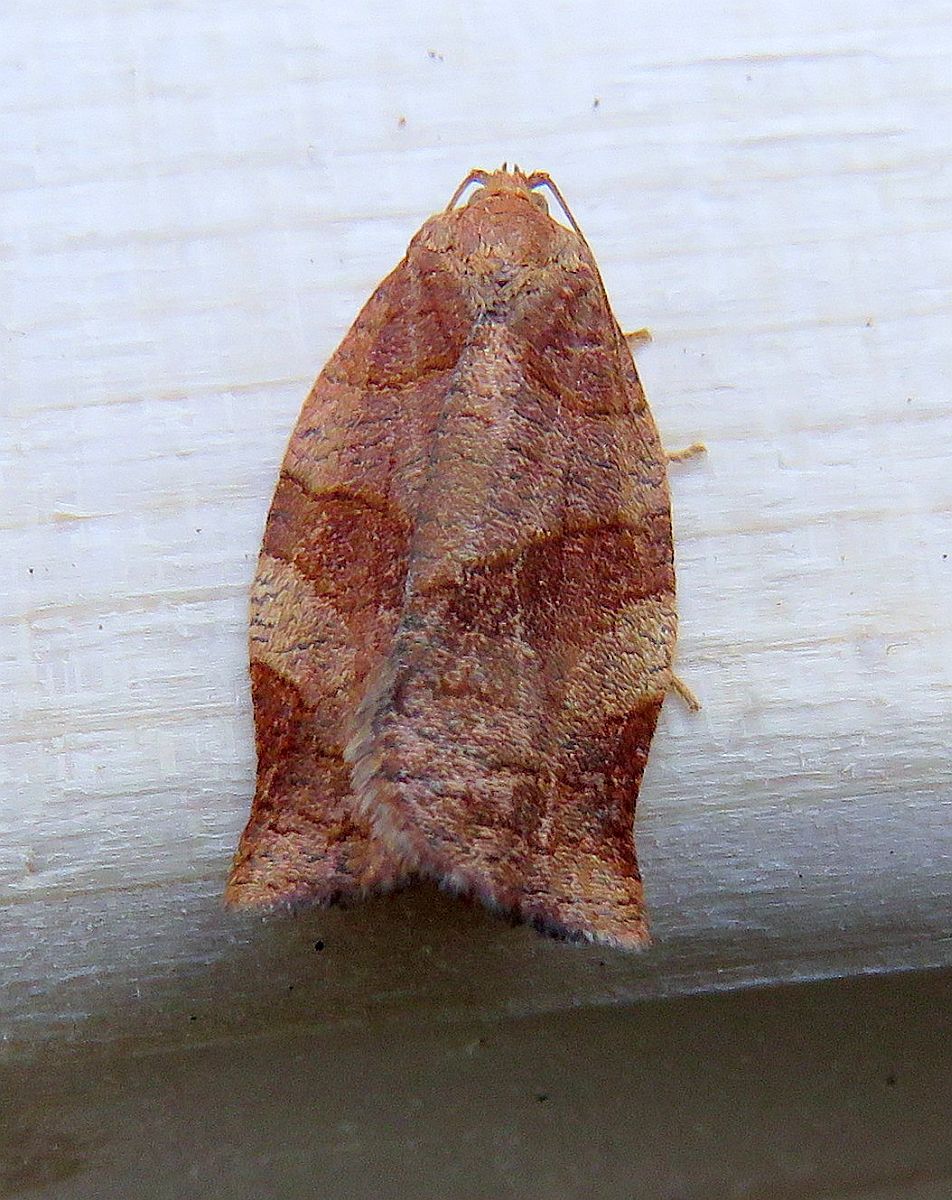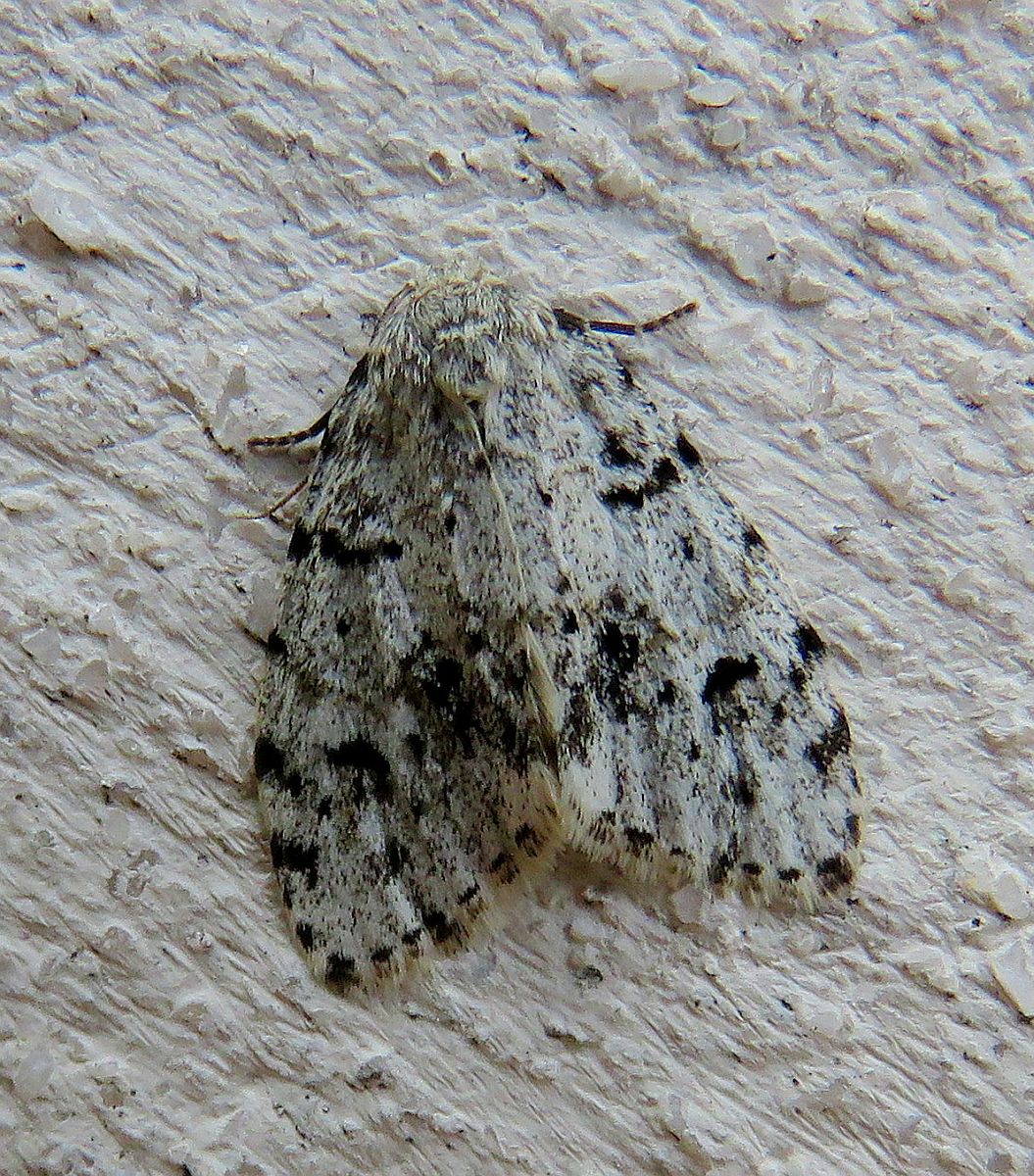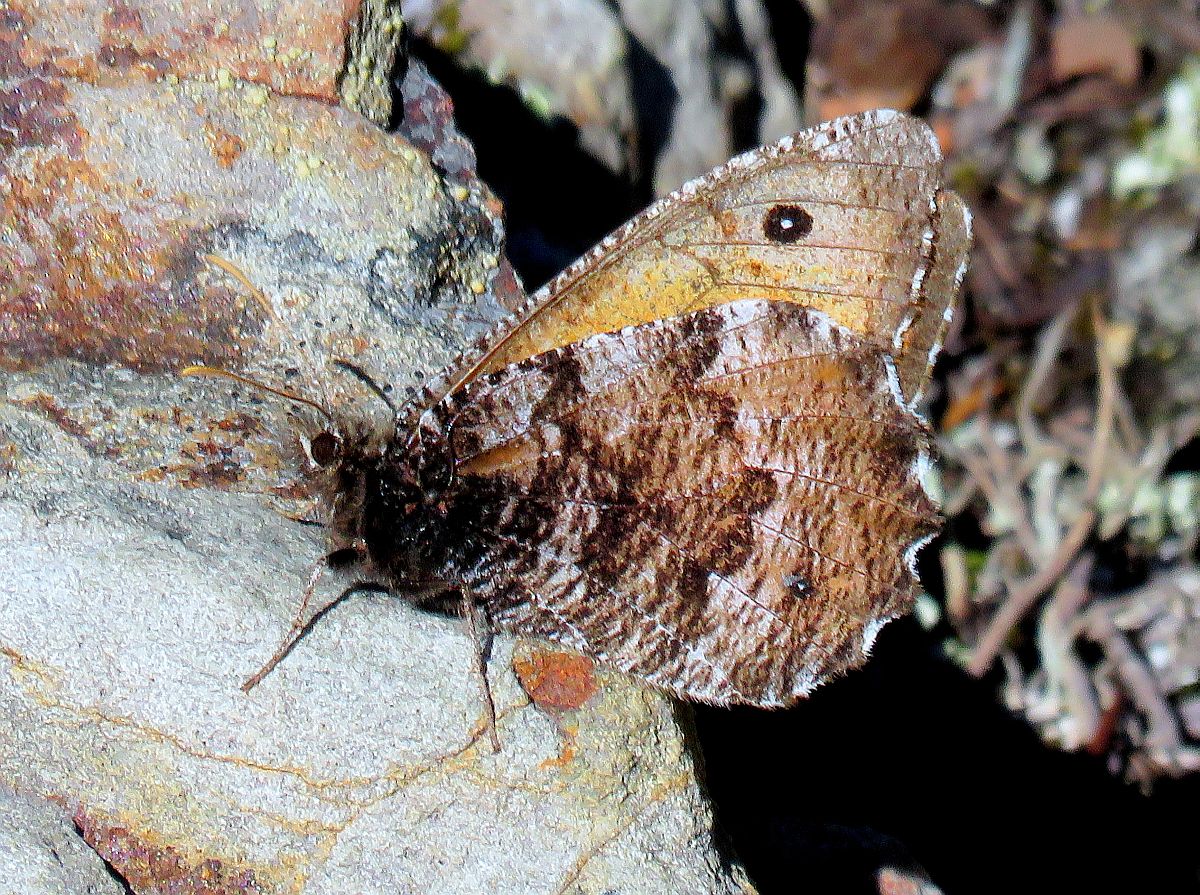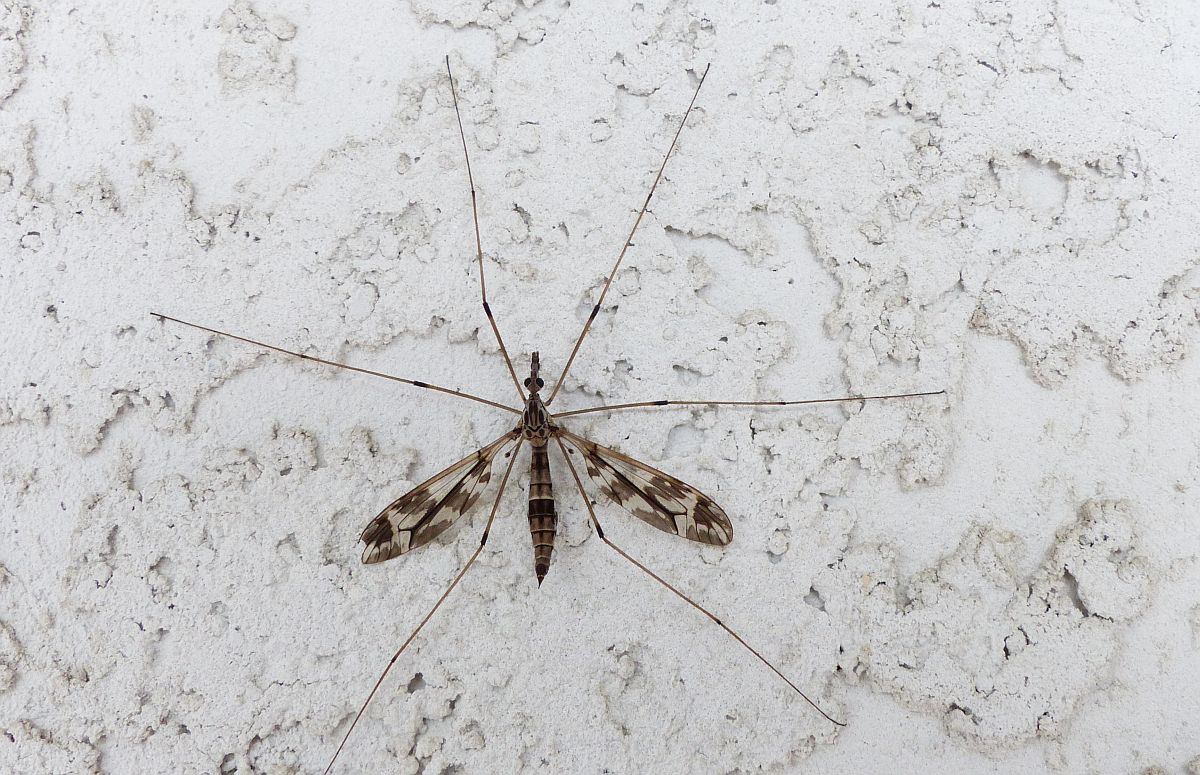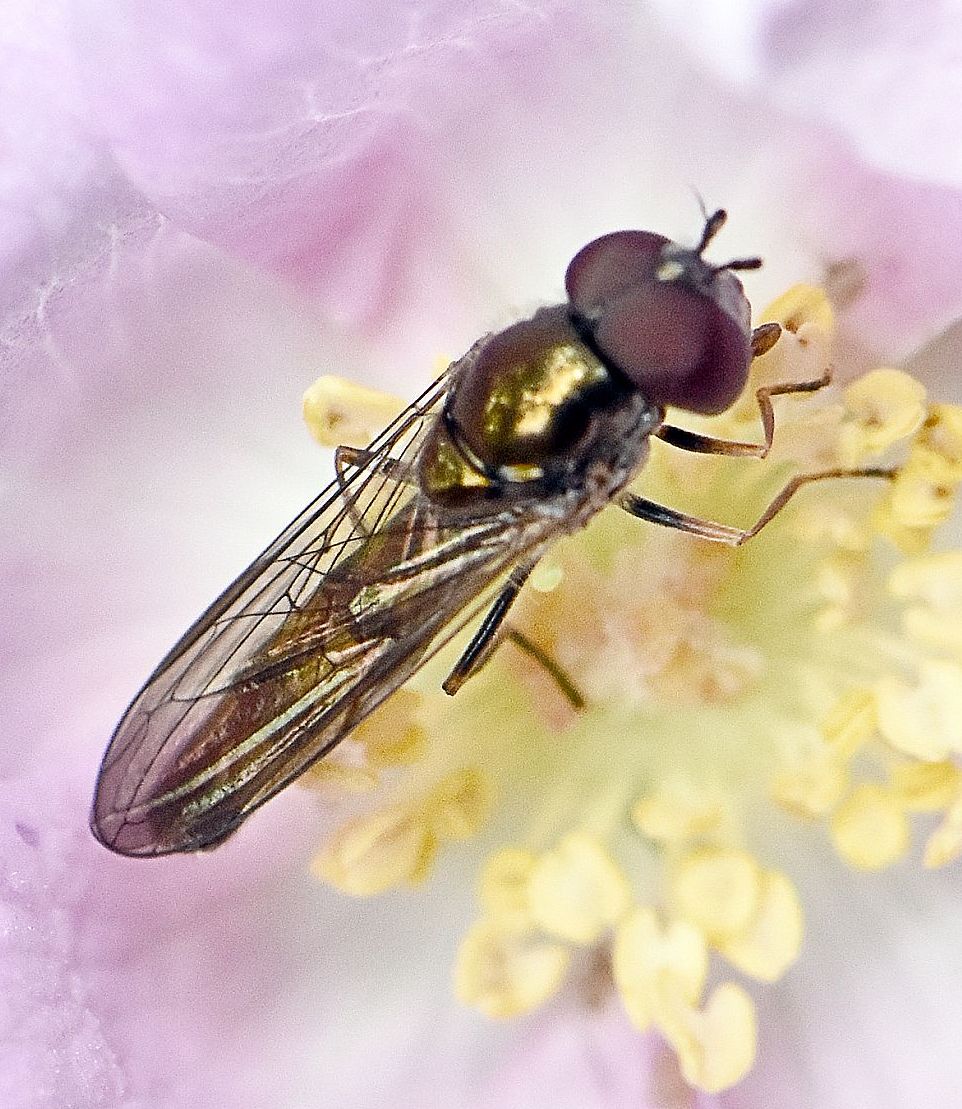2017 July 30
Heather Proctor gives a probable identification of the mites on Ren Ferguson’s July 27 photograph of a long water scorpion. Scroll down to July 27 to see.
Today’s (July 30) issue of the Times-Colonist page D2 carries an item about a nature photographic contest organized by the SPCA. Proceeds from the competition go towards WildARC. Insects are included in the eligible subjects. (It doesn’t mention other invertebrates!) The quality of photographs submitted to our Invert Alert site is exceedingly high. I would encourage contributors to have a go at the SPCA competition.
Jeremy Tatum writes that he found a caterpillar of a Red Admiral at Witty Beach Road, Metchosin, today.
Bill Katz sends a photograph of a Panthea sp. from Goldstream Park. It closely resembles the moth that I (Jeremy Tatum) posted on June 24 and which I labelled P. virginarius. However, I am now wondering of both of them might in fact be P. acronyctoides. Am looking into it, and will post if we make any progress!

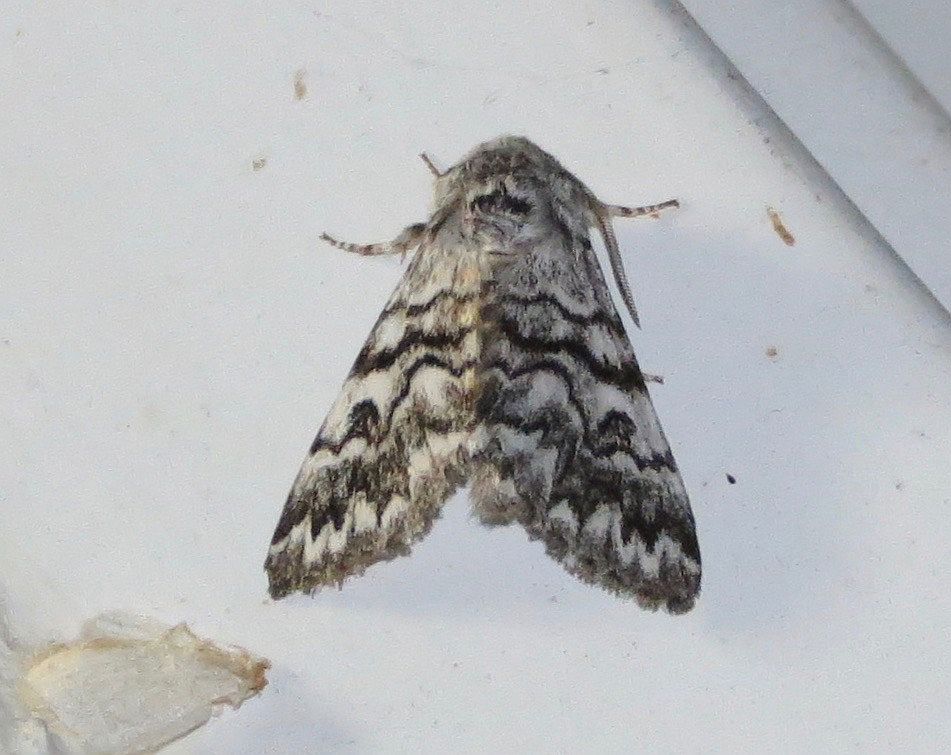
Panthea sp. (Lep.: Noctuidae) Bill Katz
Bill also photographed a caddisfly at Goldstream:

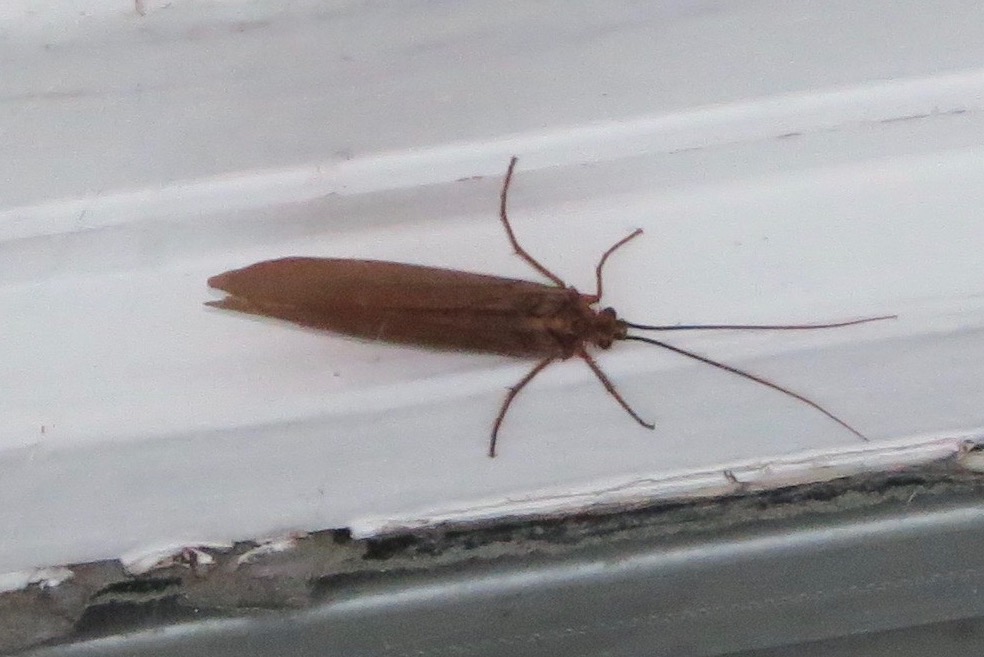
Caddisfly (Trichoptera) Bill Katz
Ren Ferguson photographed a spectacular Sphinx perelegans on her railing on Salt Spring Island, July 29.

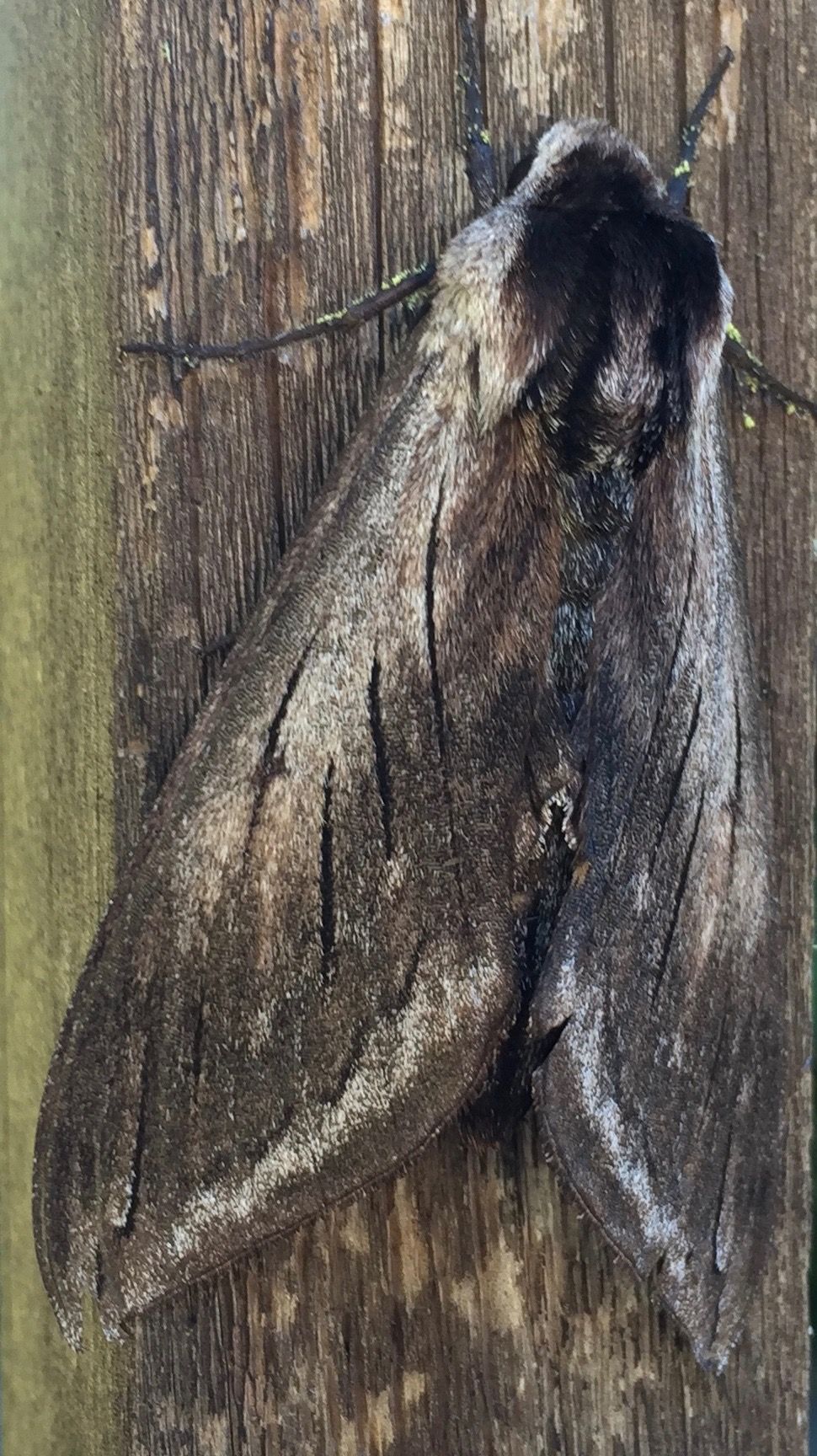
Sphinx perelegans (Lep.: Sphingidae) Ren Ferguson
Ken Vaughan was busy at Fork Lake in the Highlands on July 29.

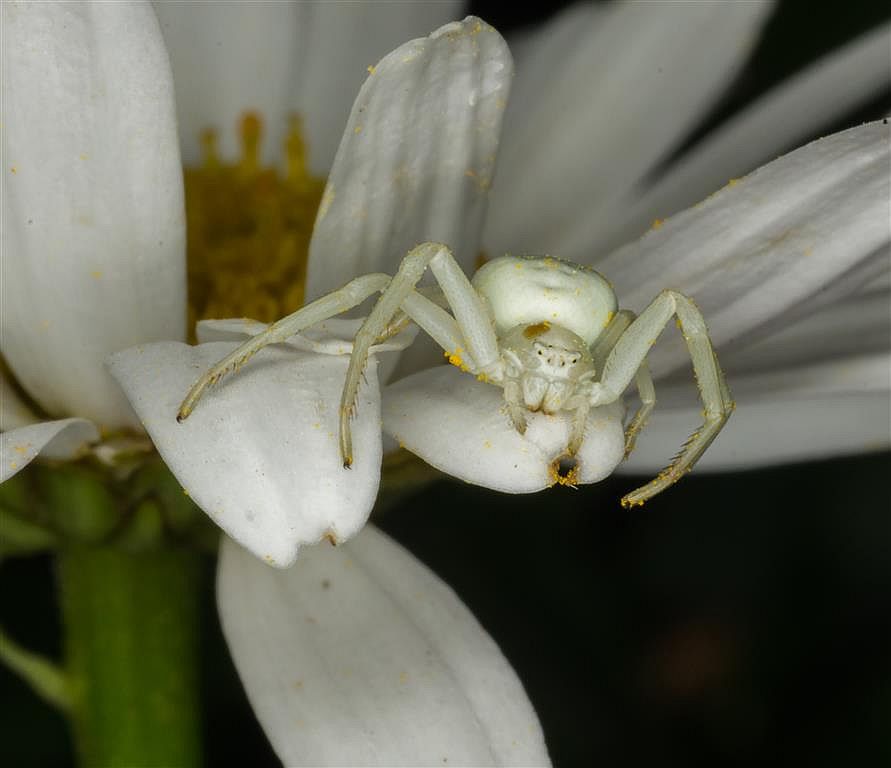
Misumena vatia (Ara.: Thomisidae) Ken Vaughan

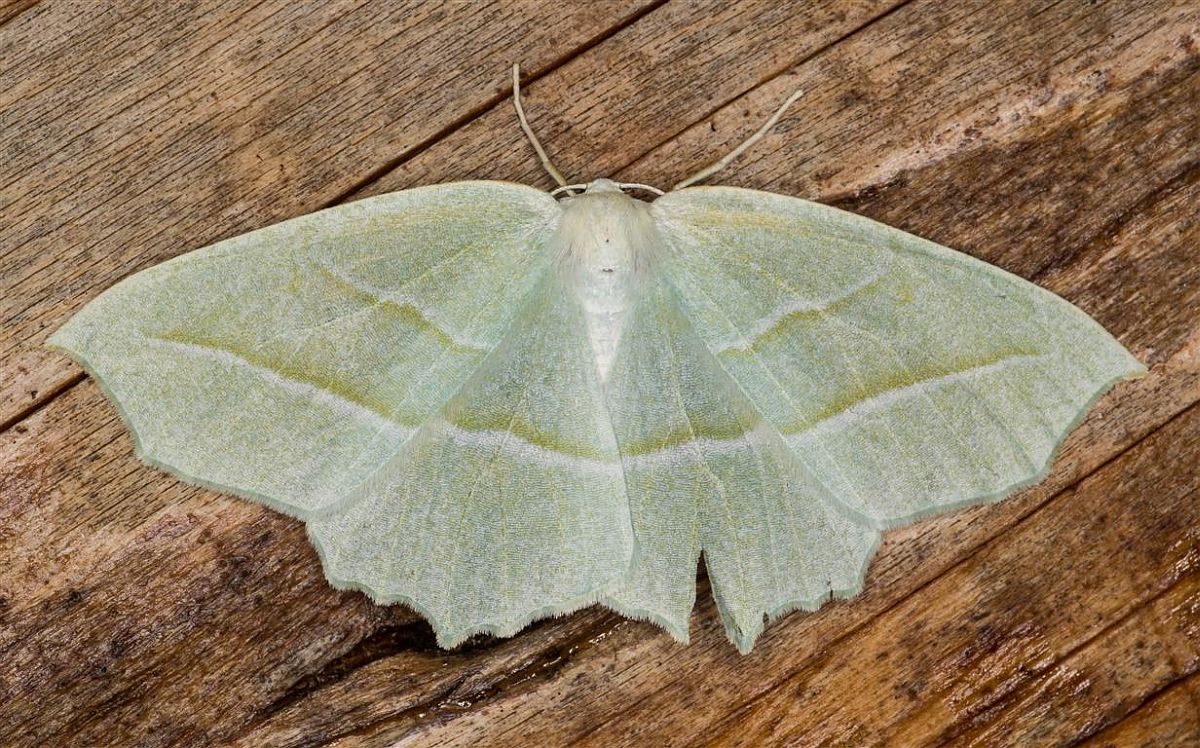
Campaea perlata (Lep.: Geometridae) Ken Vaughan

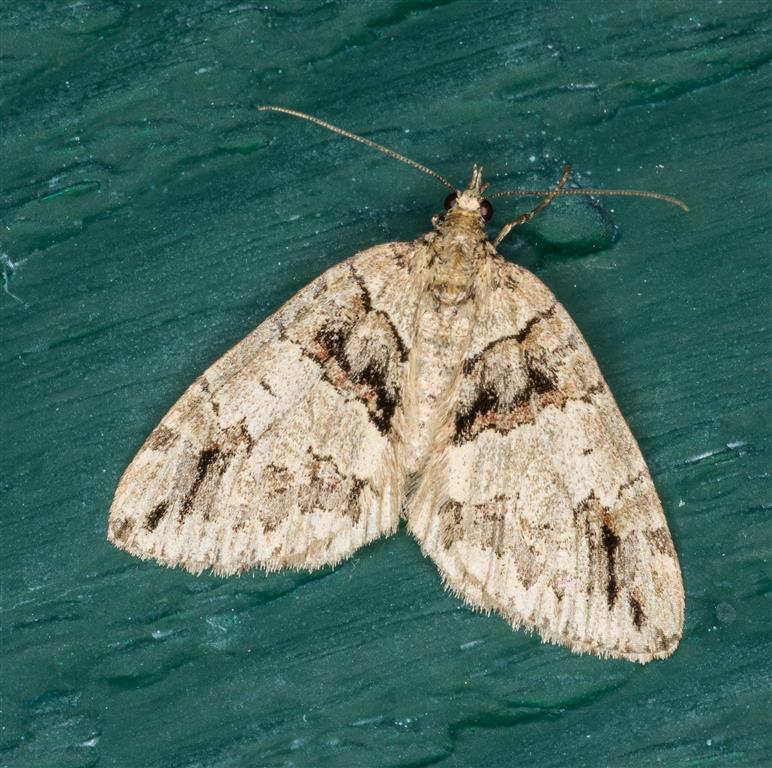
Hydriomena nevadae (Lep.: Geometridae) Ken Vaughan
Of the next one, Ken comments that “it is the neatest geometrid I have seen in a while.”
The caterpillar of this moth is even more remarkable. We’ll have to look out and see if we can find and photograph one. I think the colour pattern of the moth is what is called “disruptive coloration”. It divides the moth into two sharply demarcated areas, neither of which has the shape of any sort of insect or edible morsel.

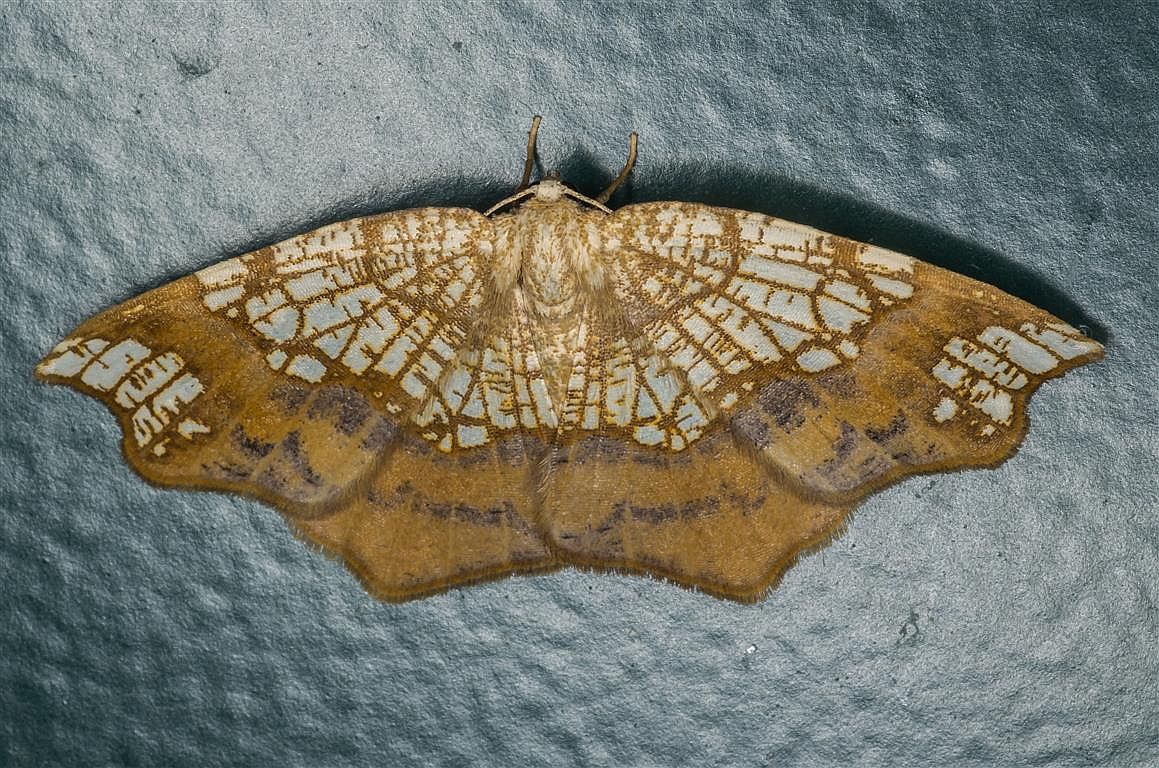
Nematocampa resistaria (Lep.: Geometridae) Ken Vaughan

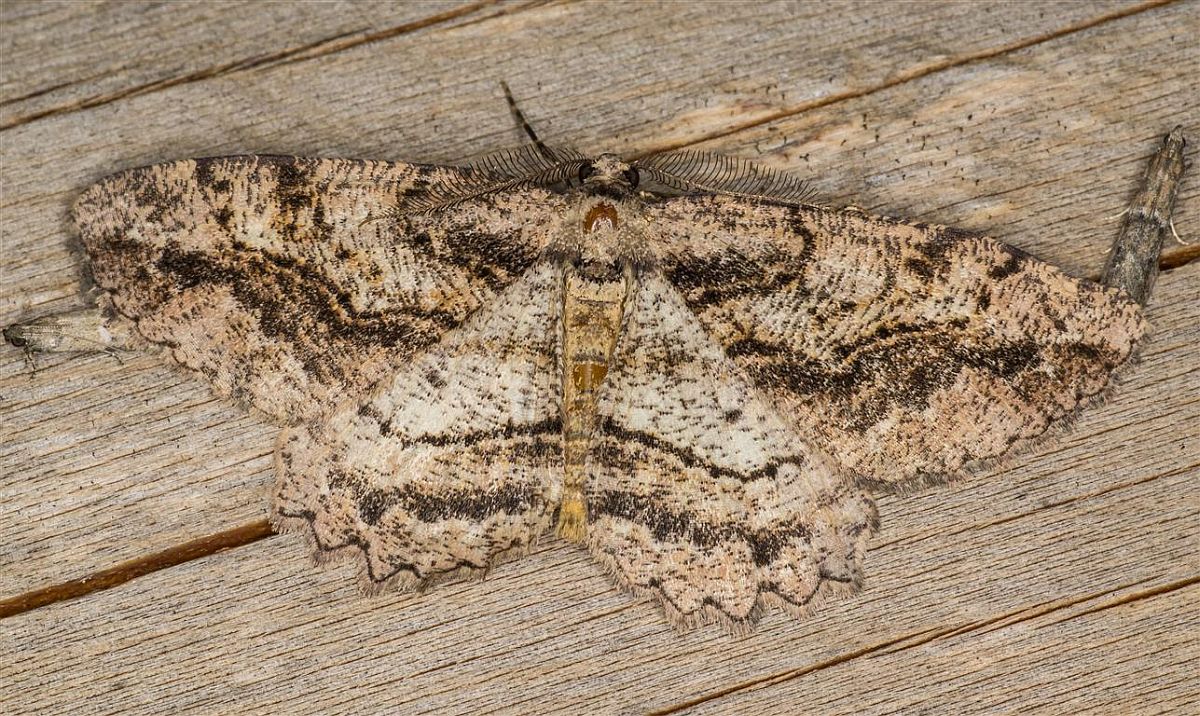
Neoalcis californiaria (Lep.: Geometridae) Ken Vaughan
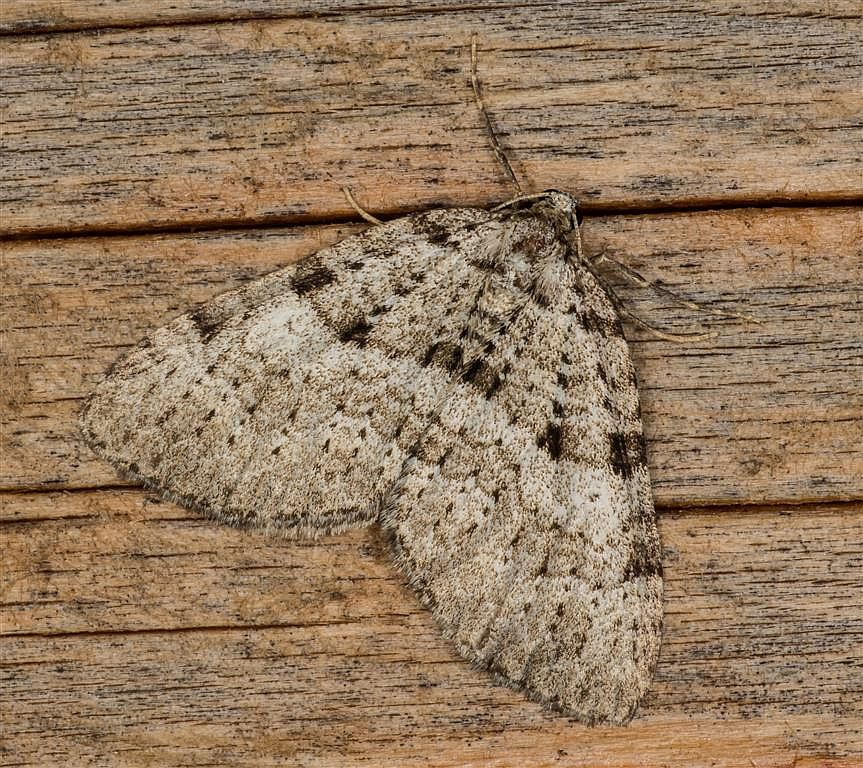

Perizoma curvilinea (Lep.: Geometridae) Ken Vaughan

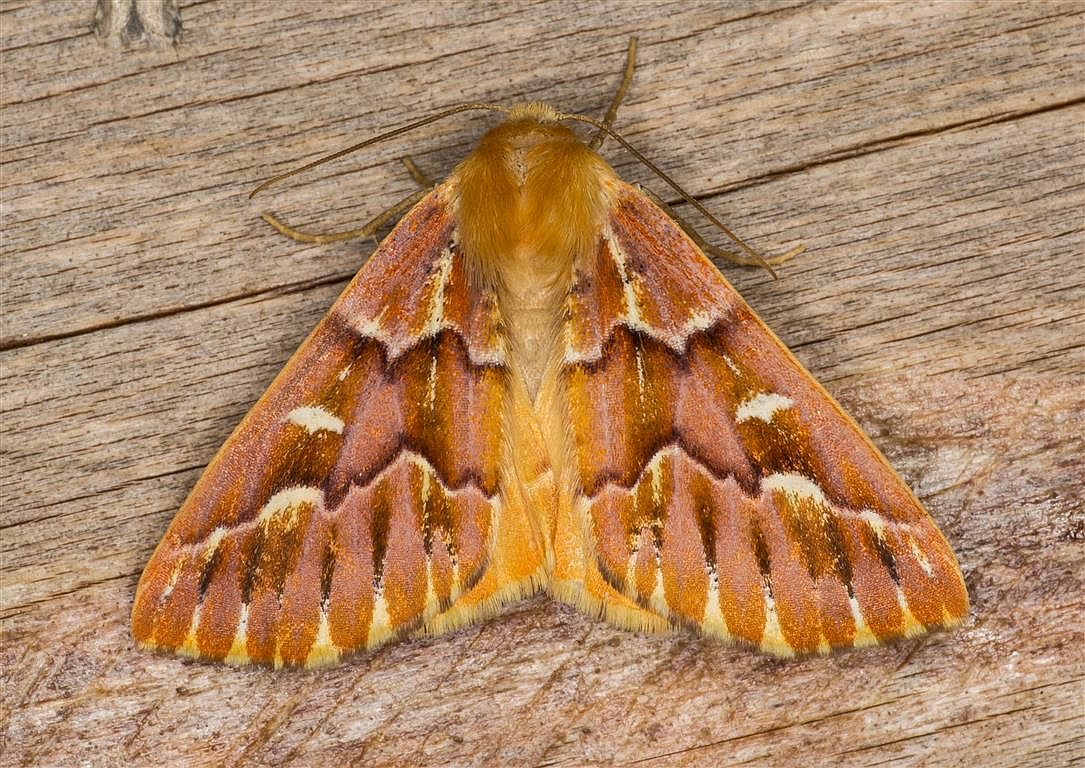
Caripeta aequaliarea (Lep.: Geometridae) Ken Vaughan
There are still a few photographs in the queue – some of them awaiting identification.

